- Joined
- 21 January 2015
- Messages
- 12,150
- Reaction score
- 16,354
JWST Breakthrough: Capturing the Birth of Stars in Triangulum Galaxy. Read more here - https://www.jameswebbdiscovery.com/...uring-the-birth-of-stars-in-triangulum-galaxy
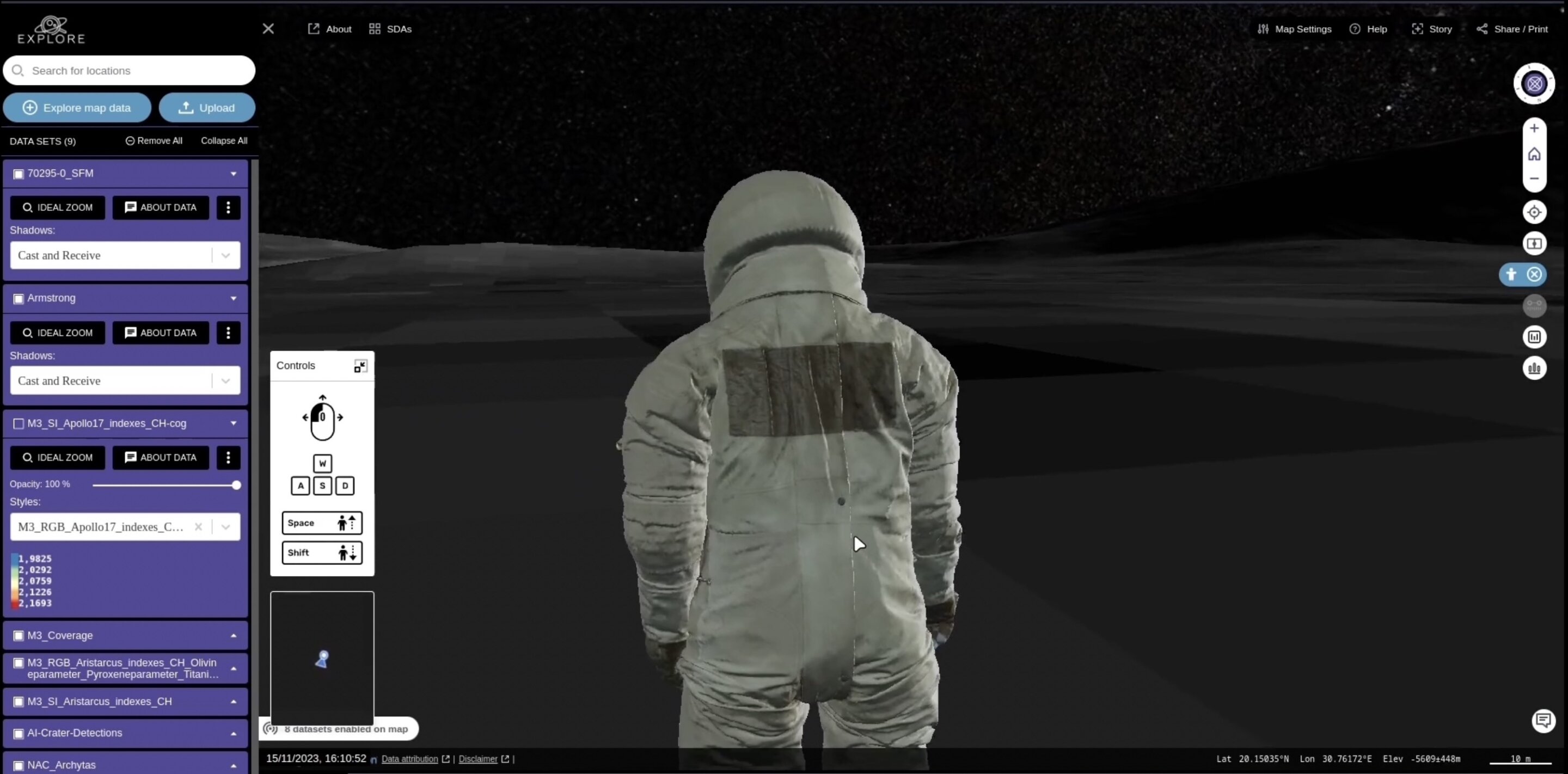
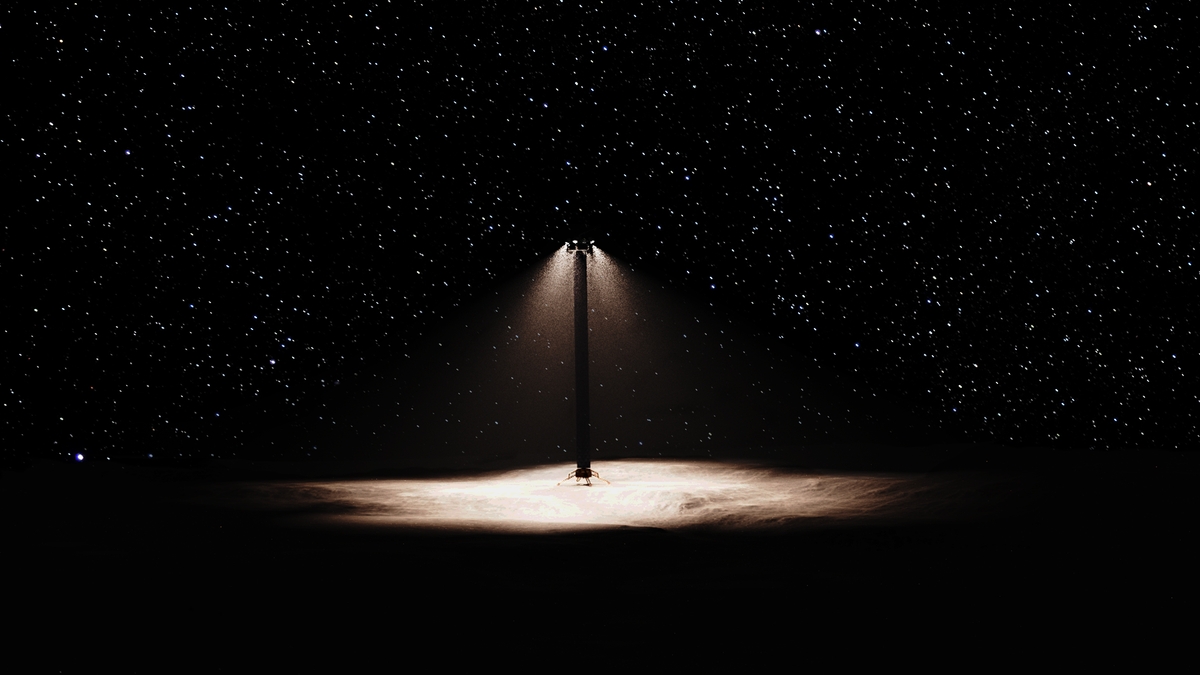
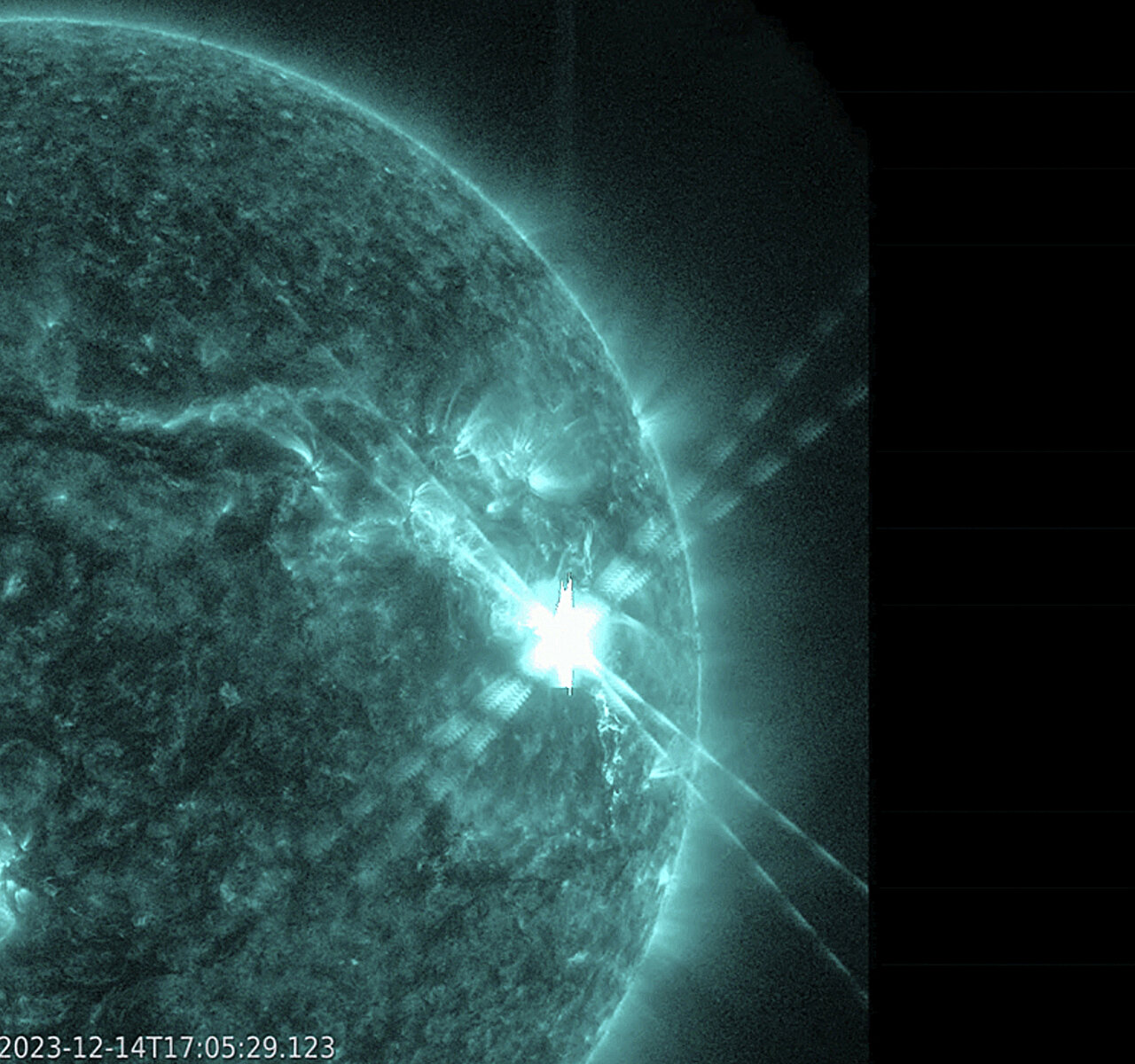
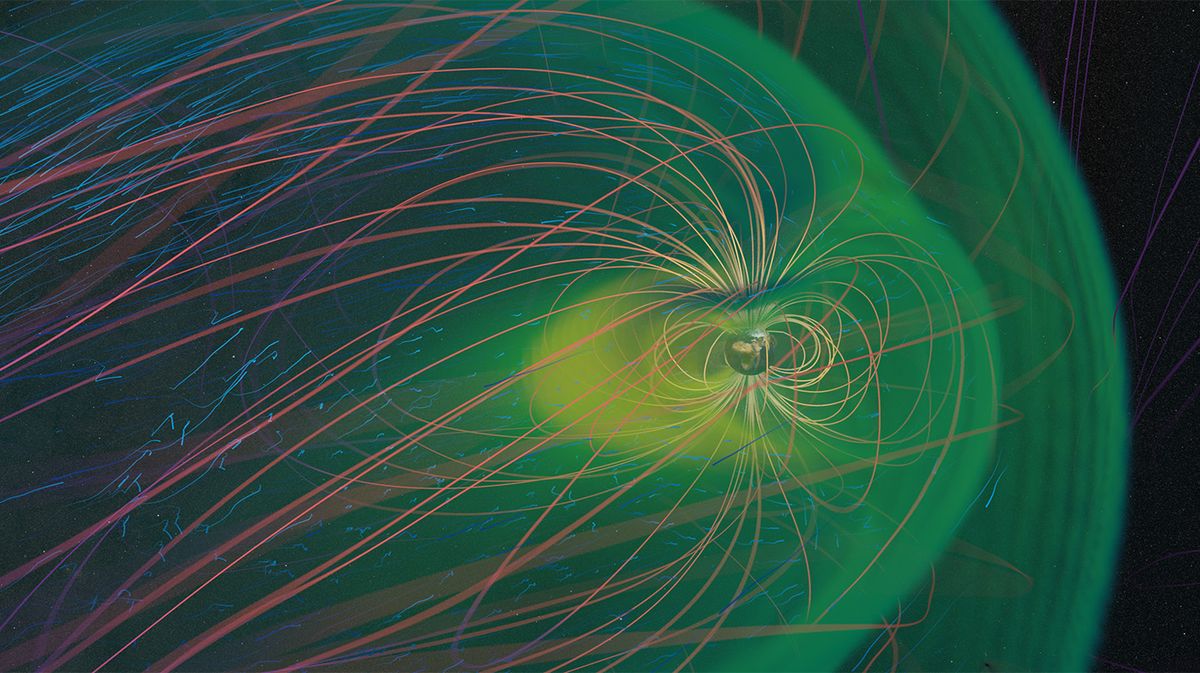
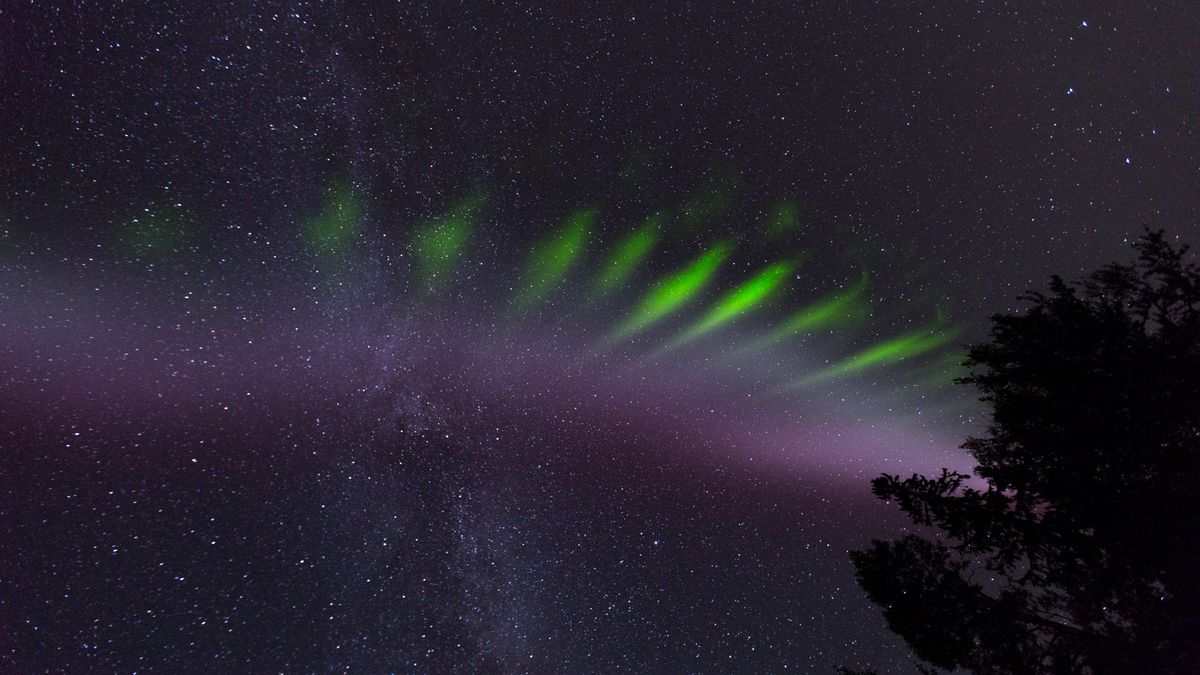
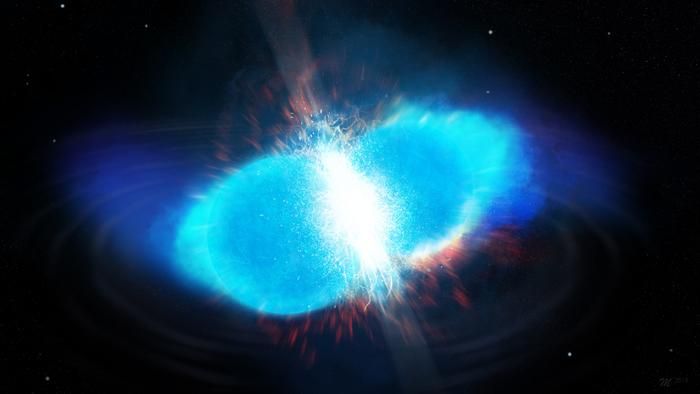
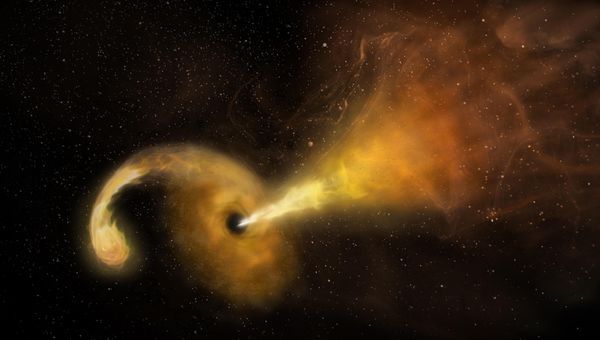
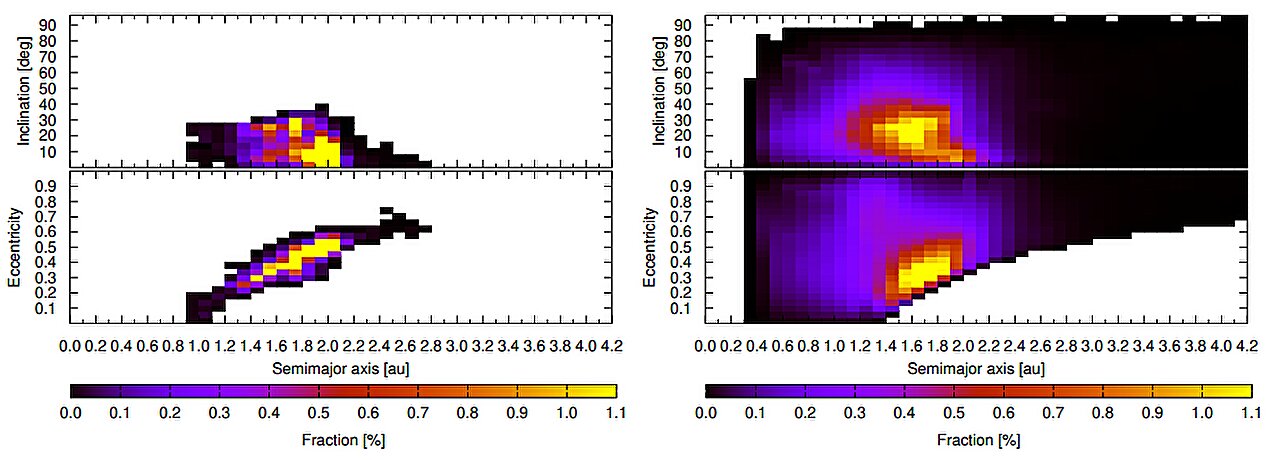
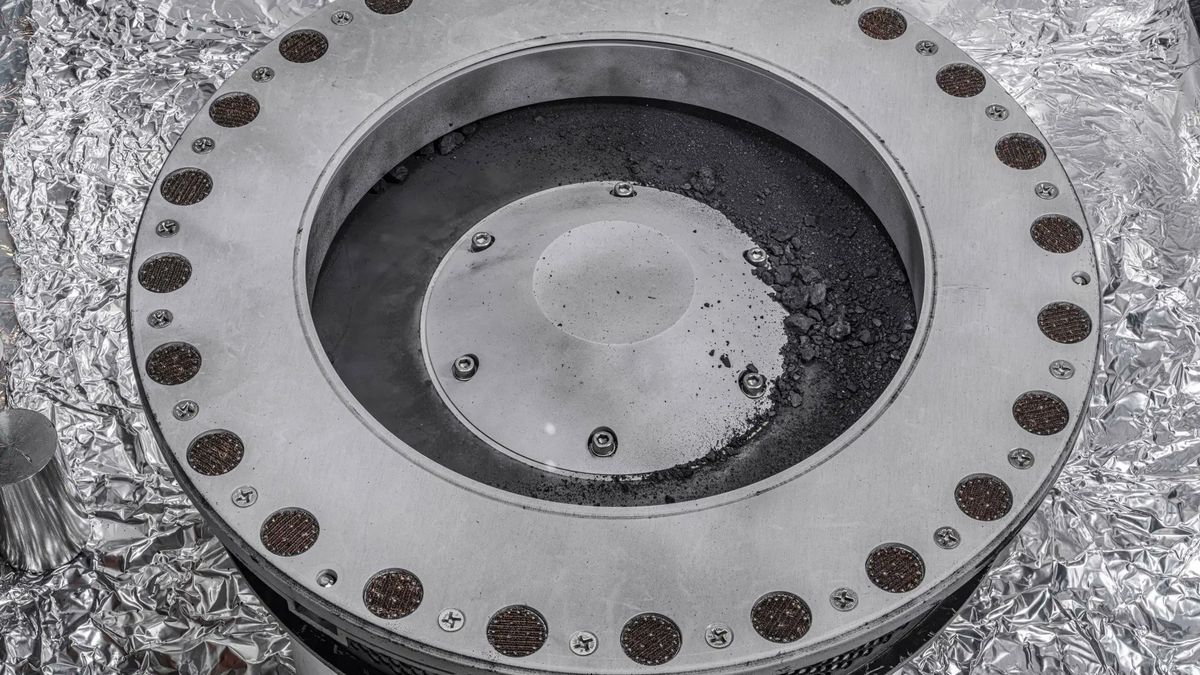

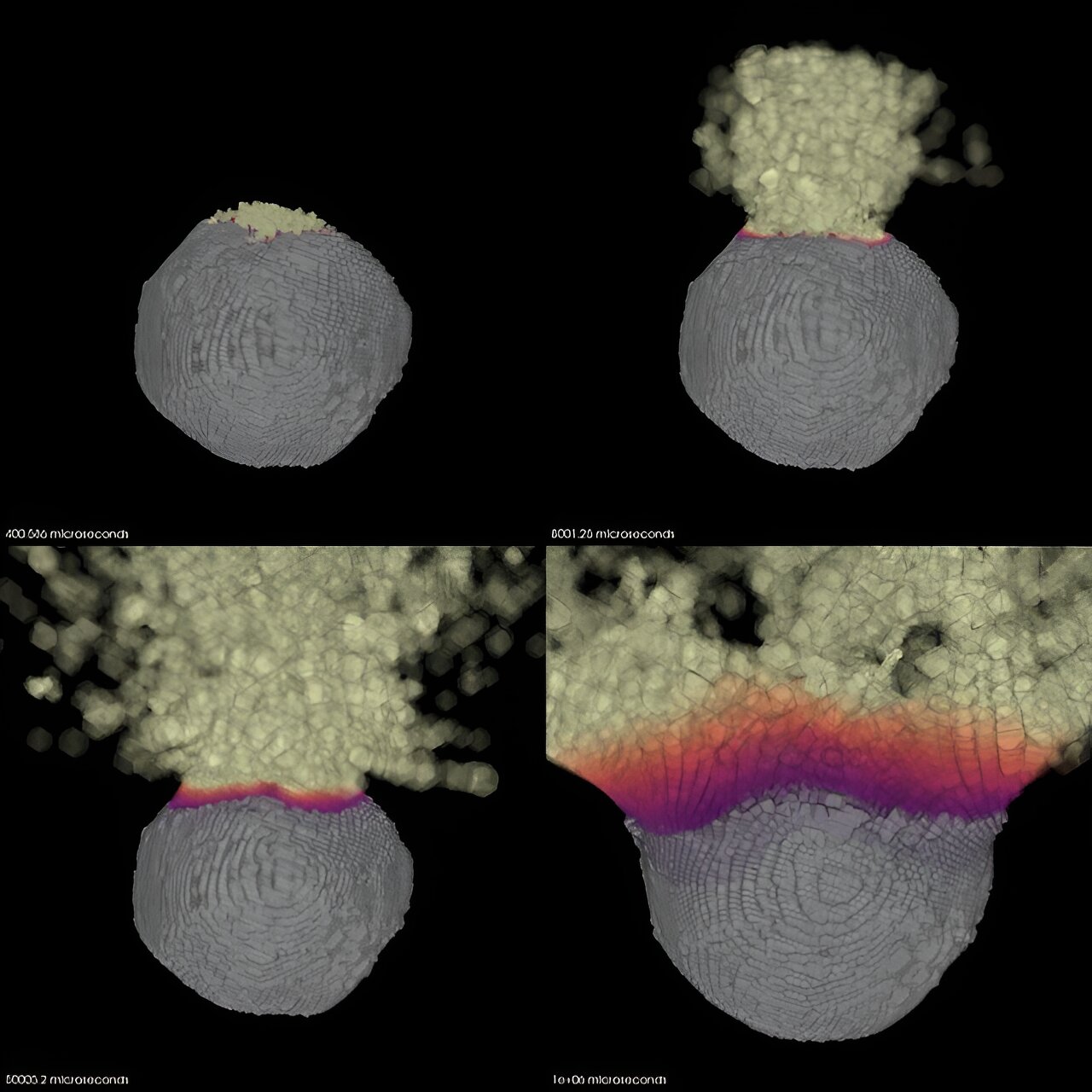
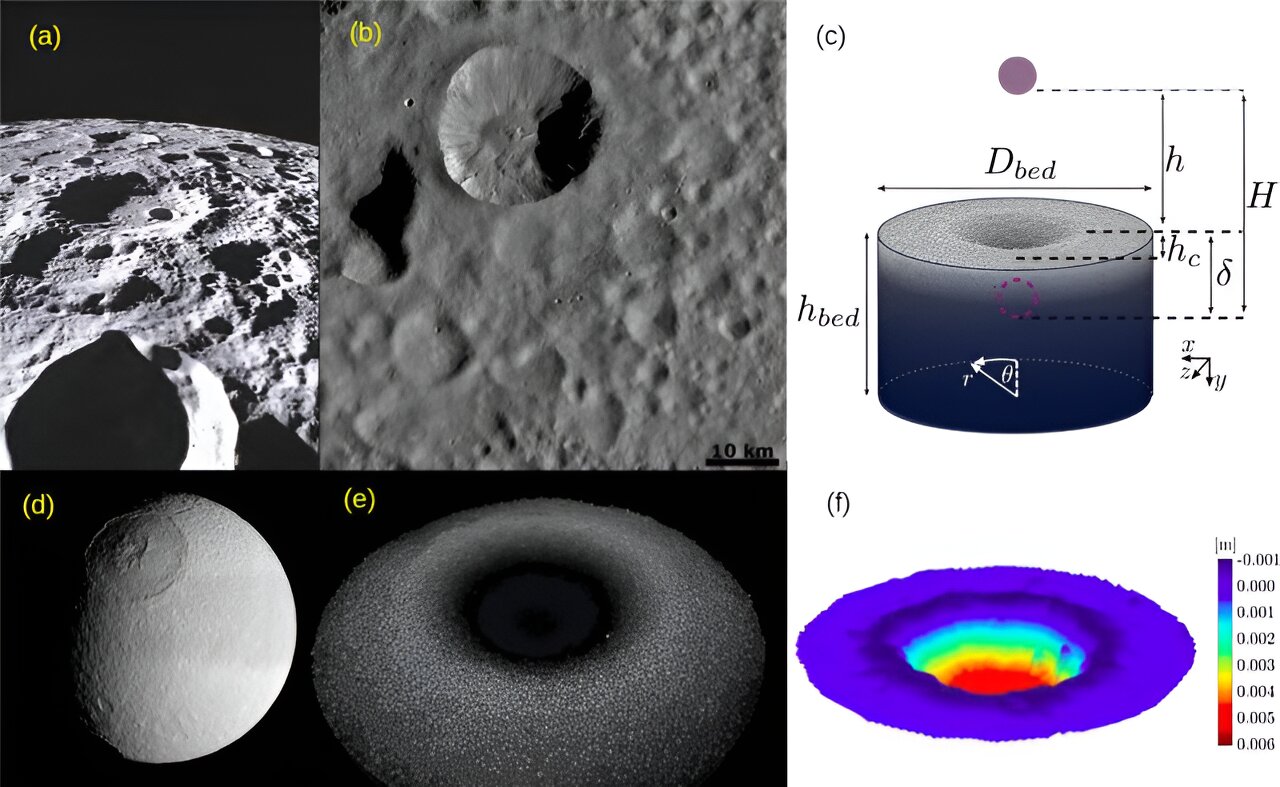
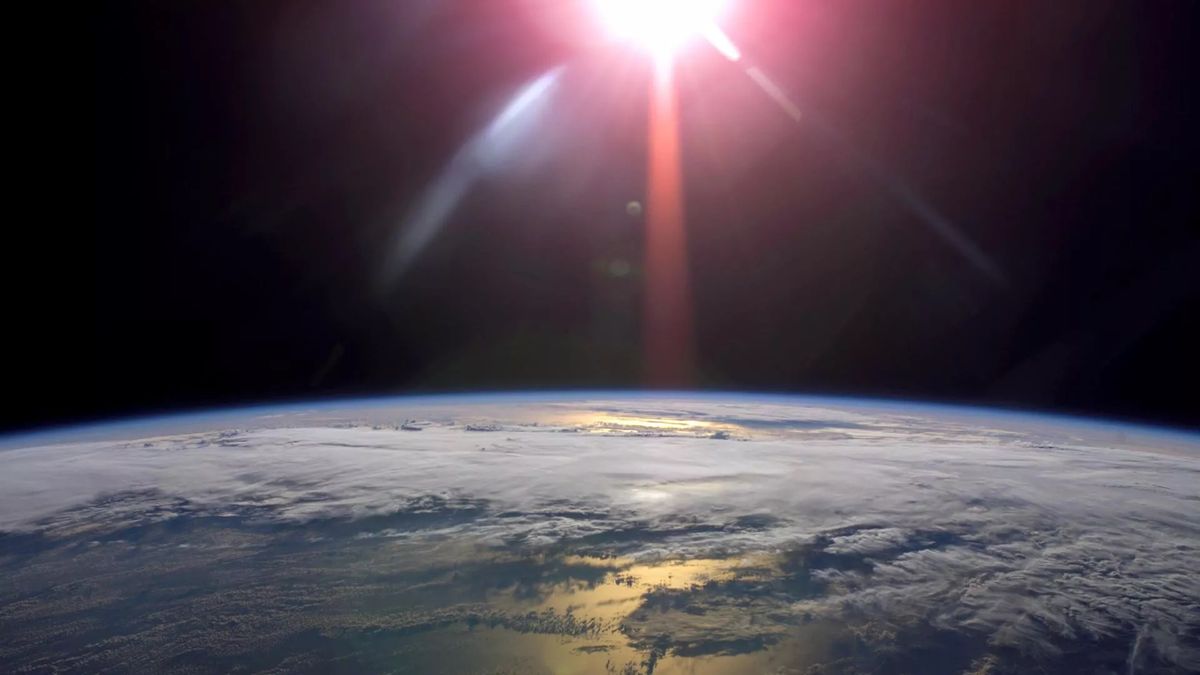
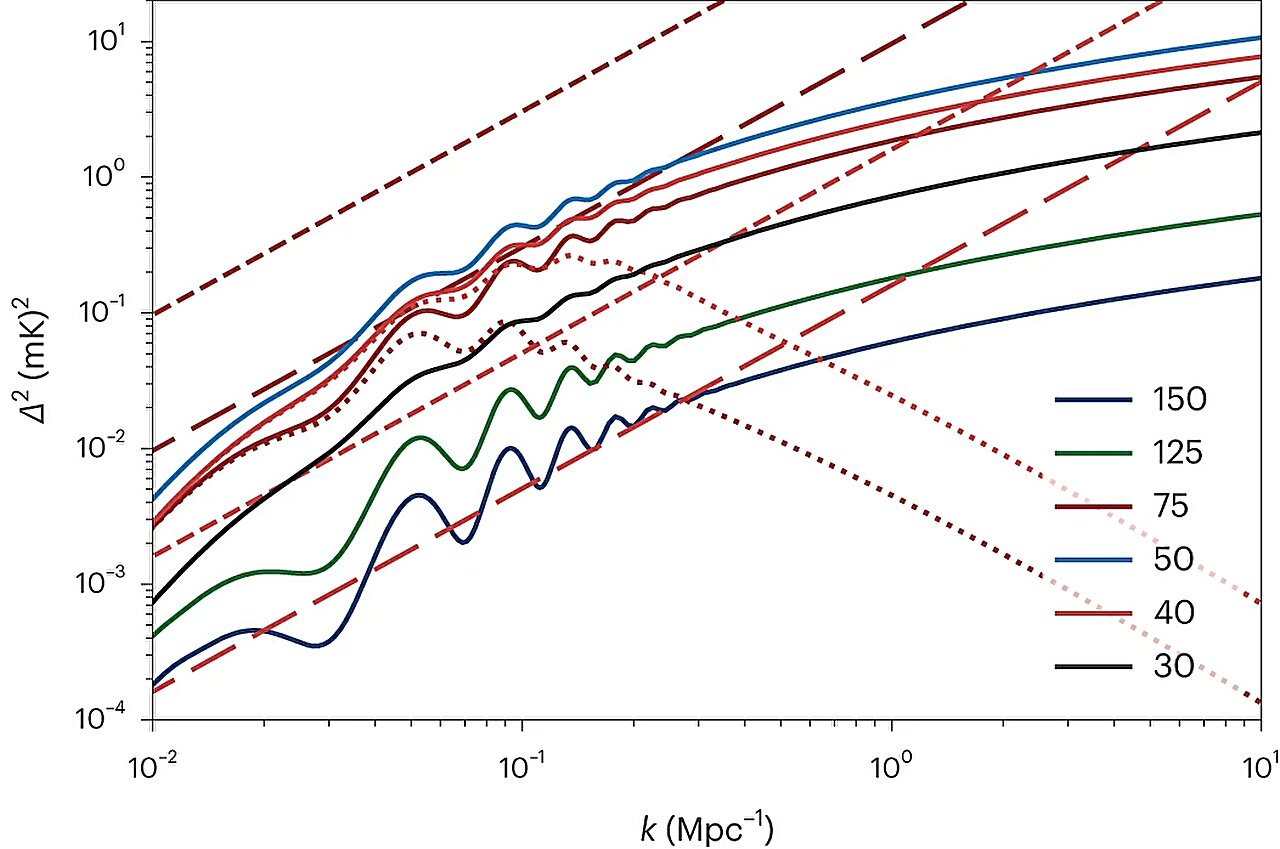
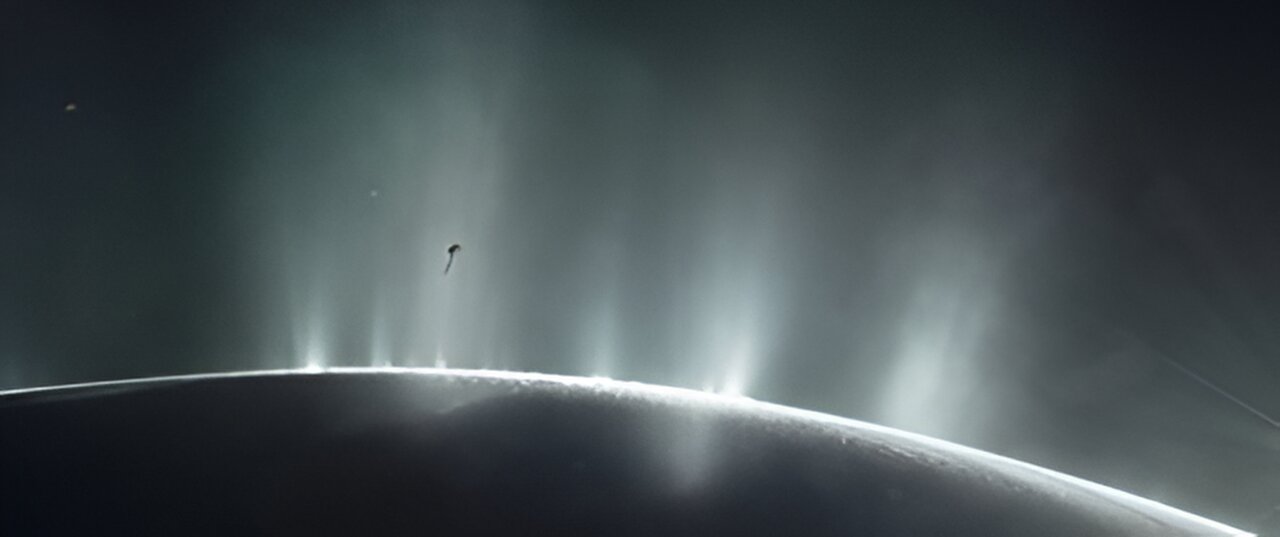
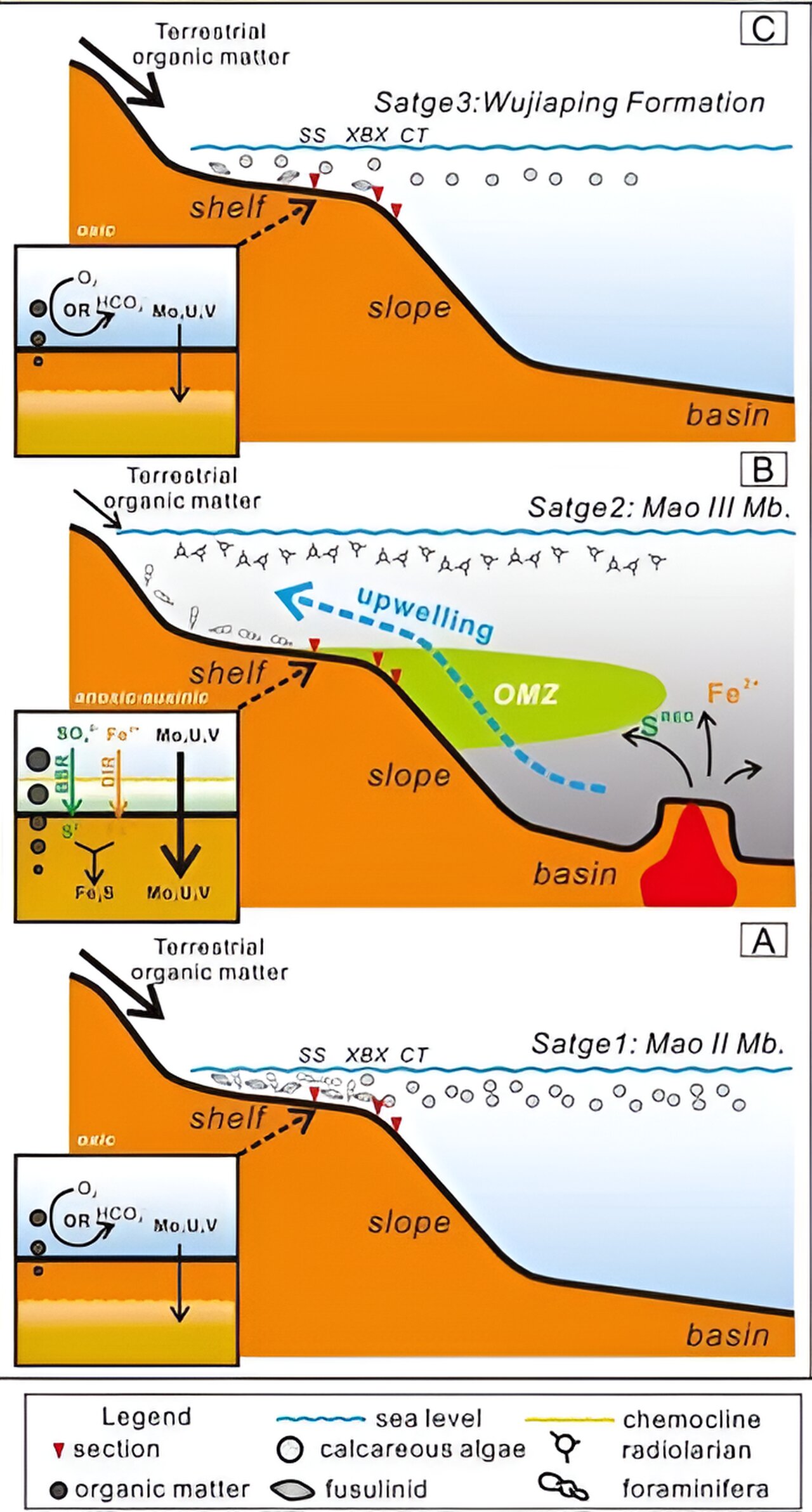
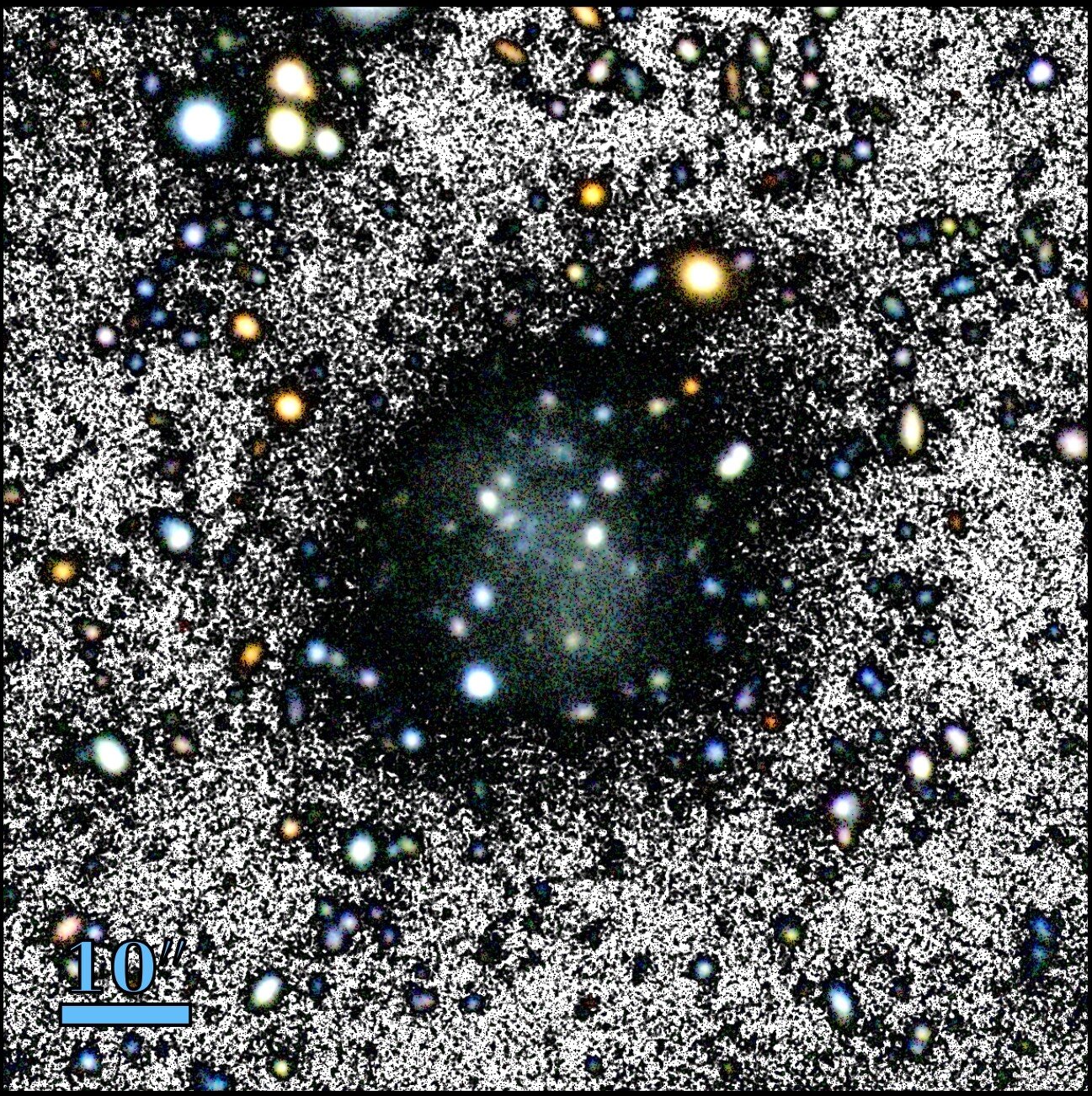
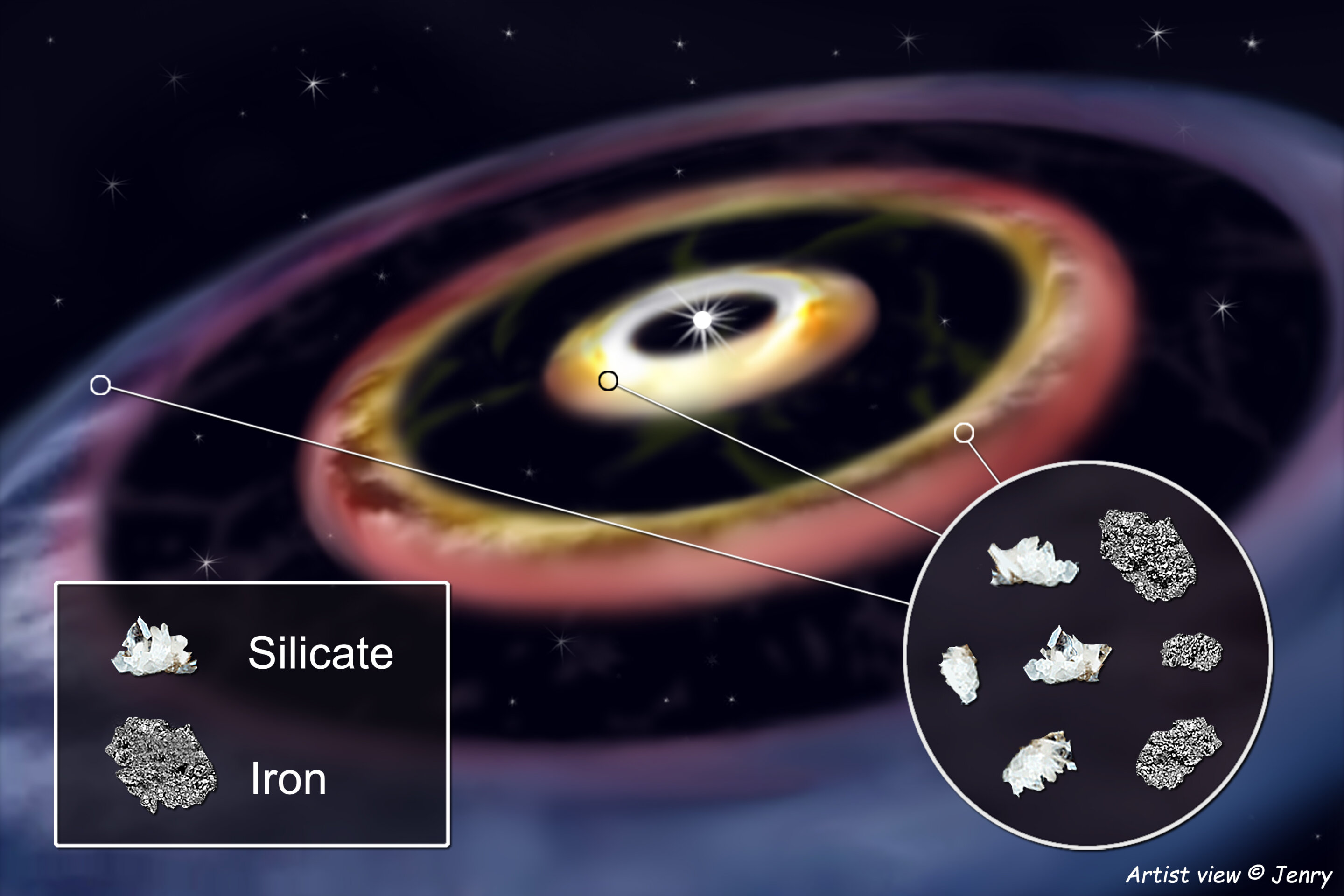
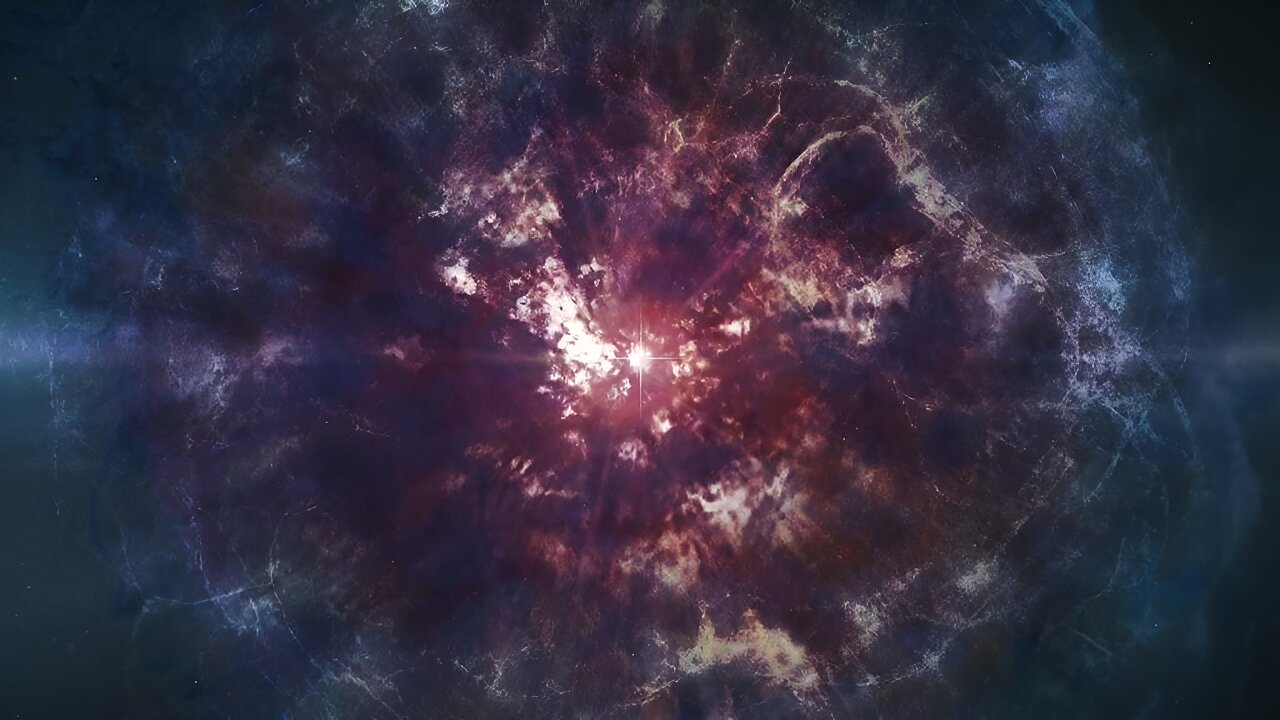
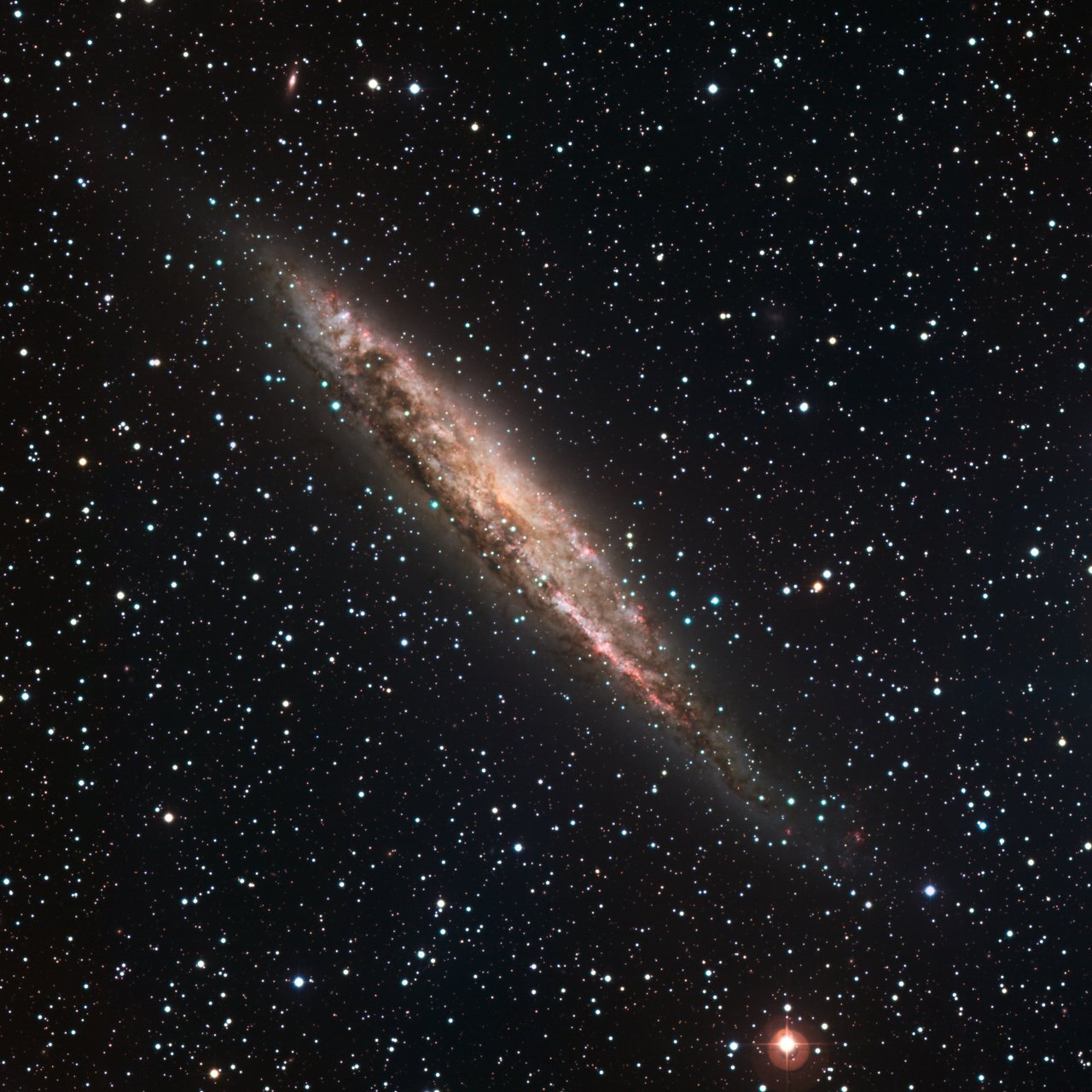
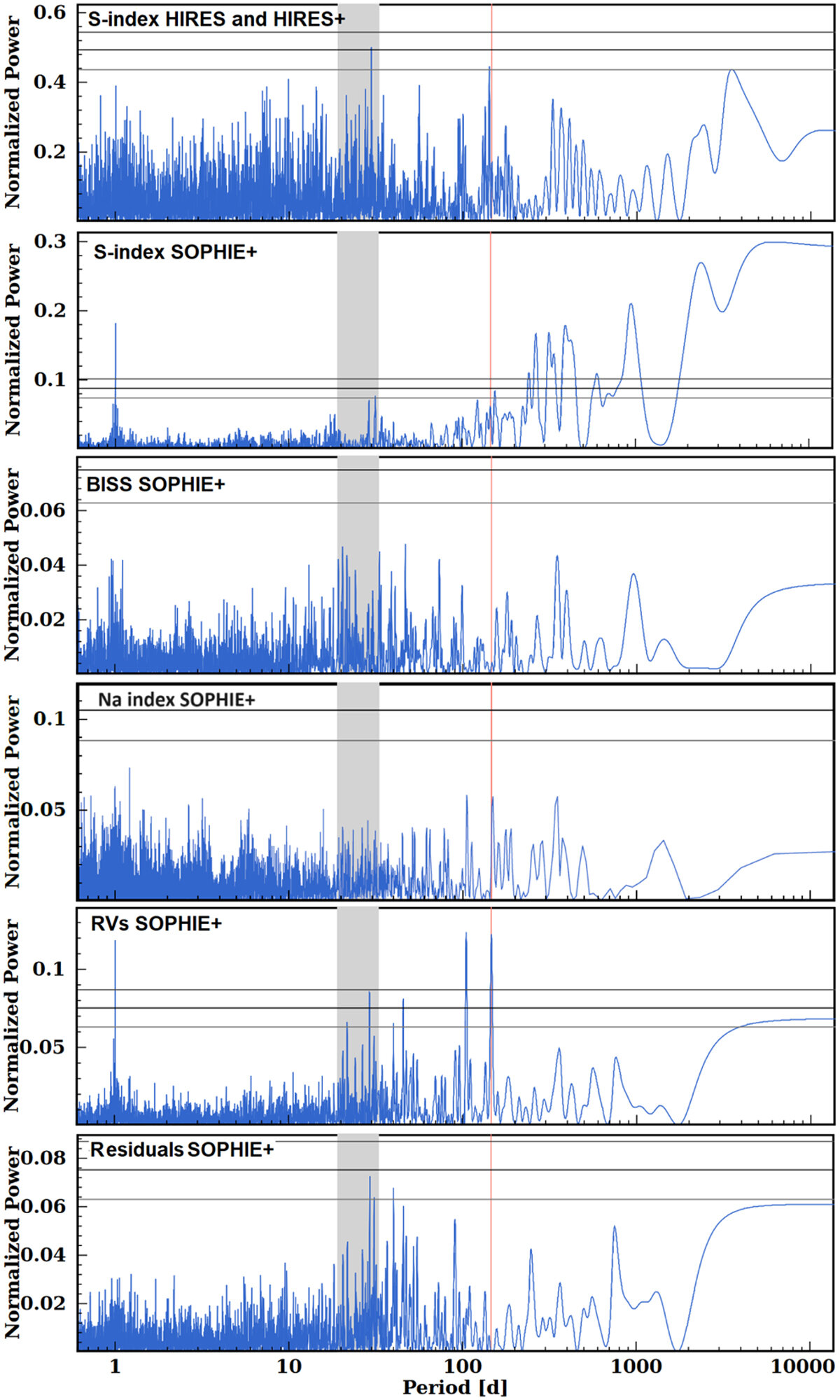
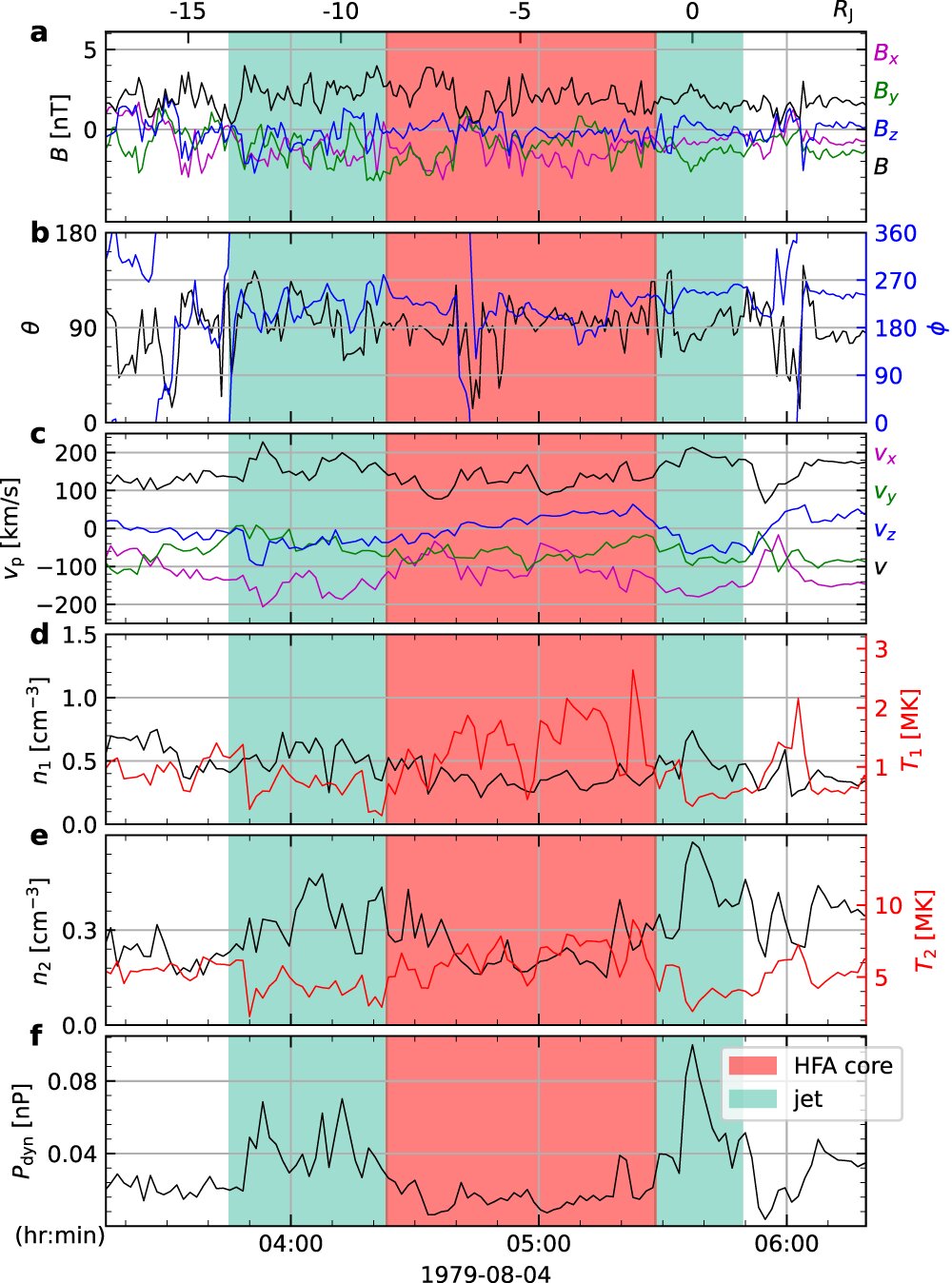
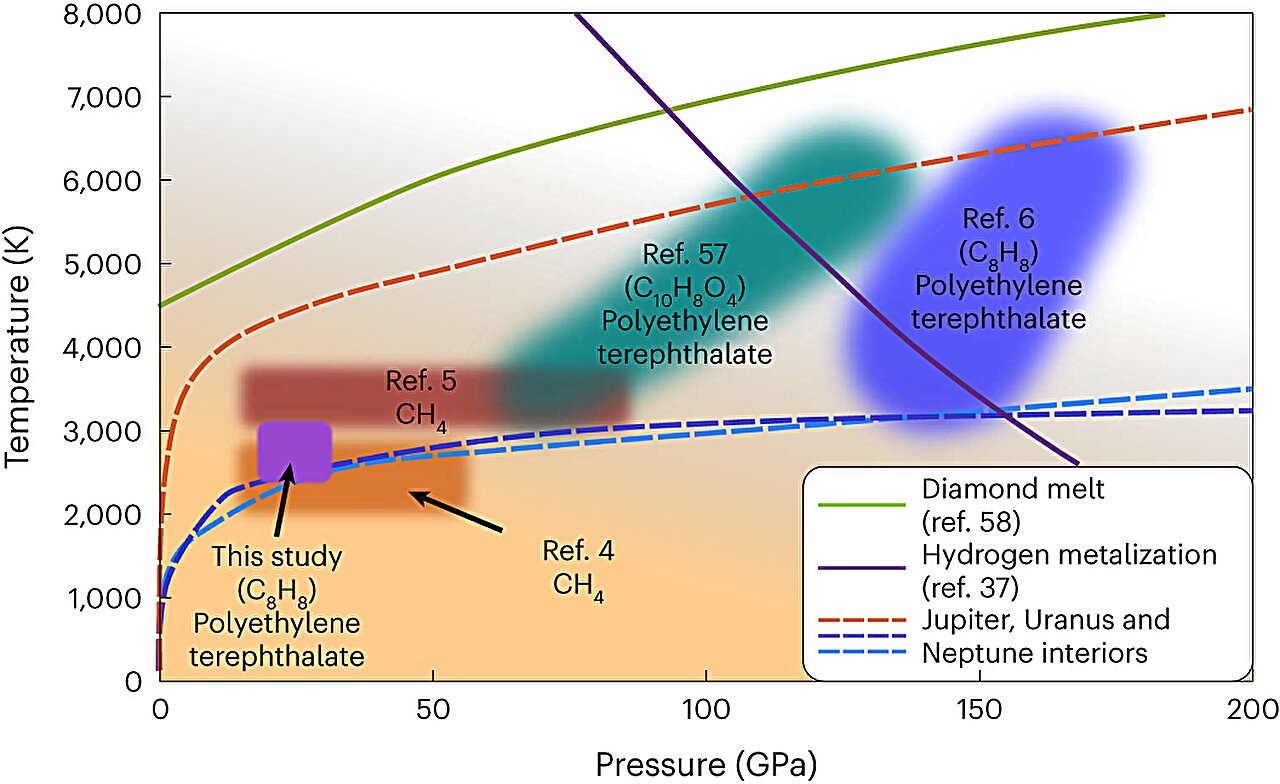
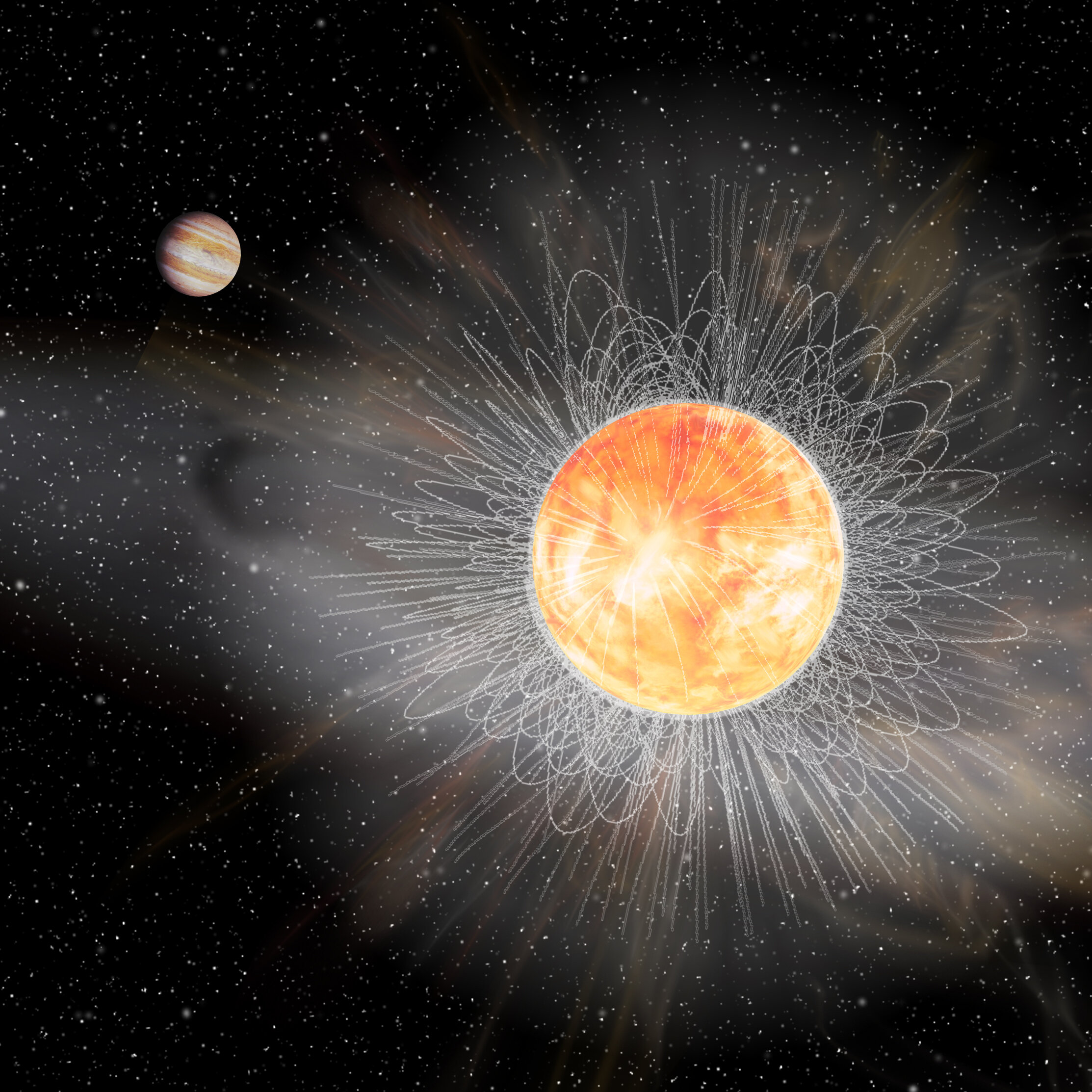

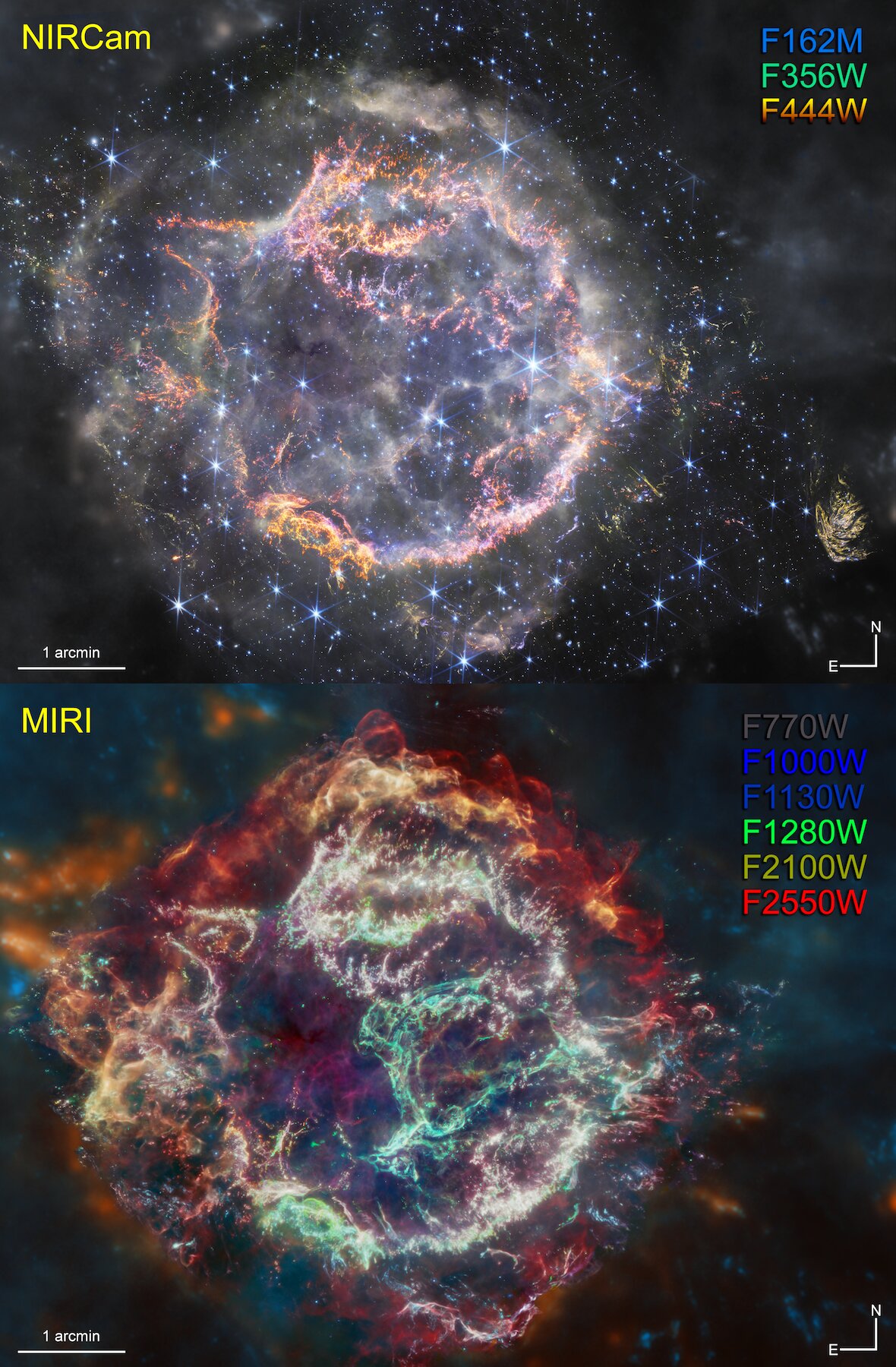
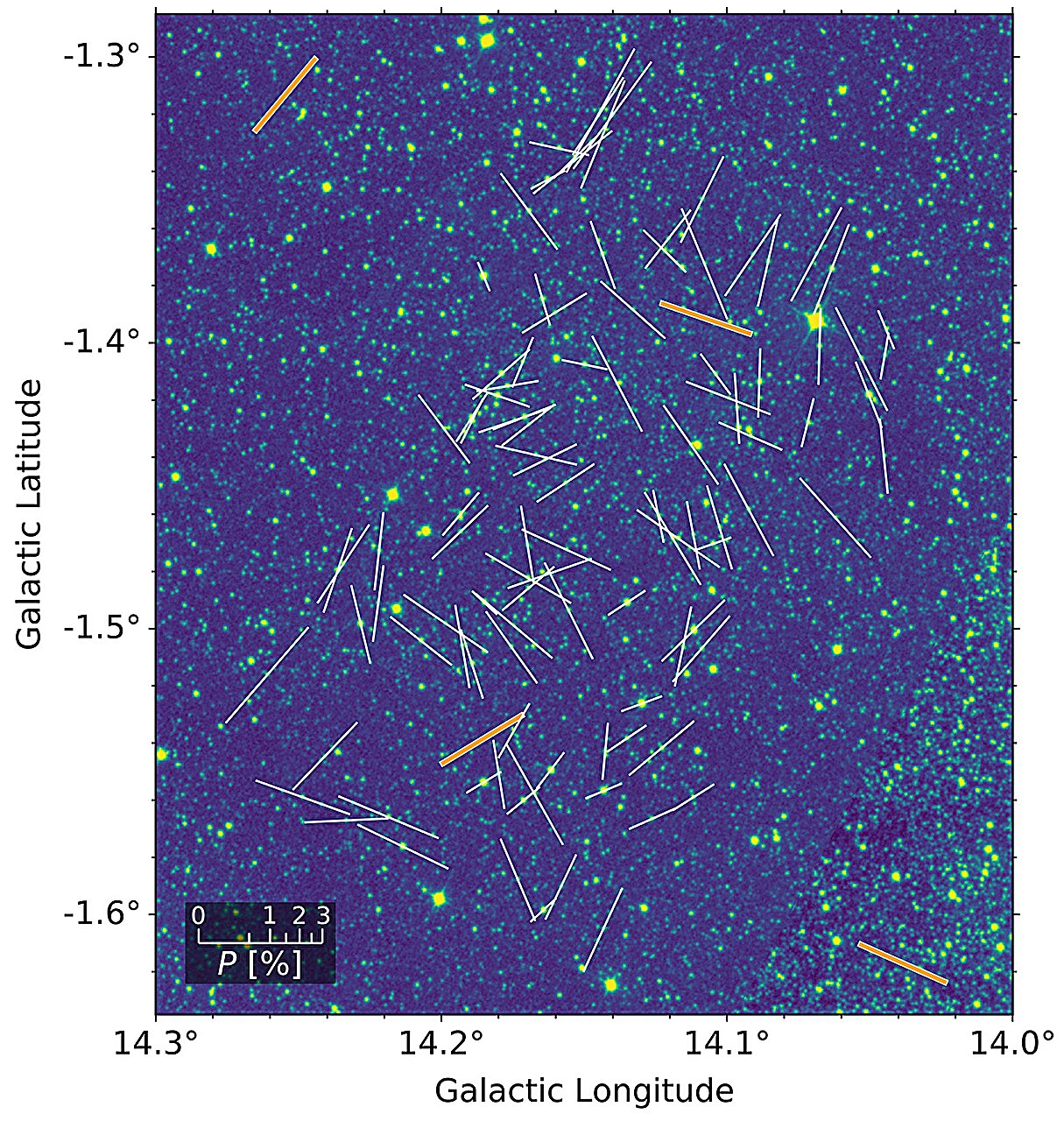
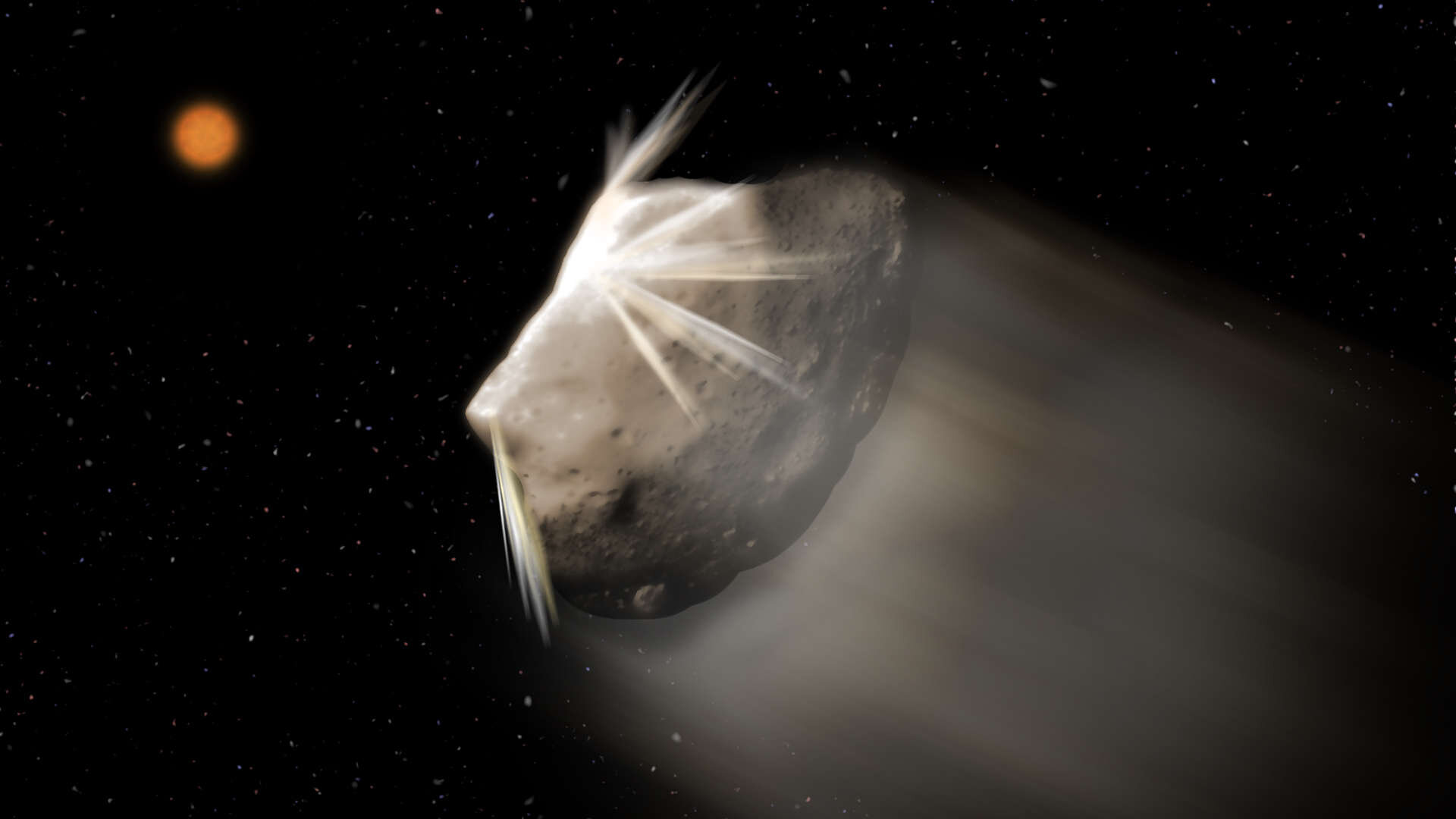
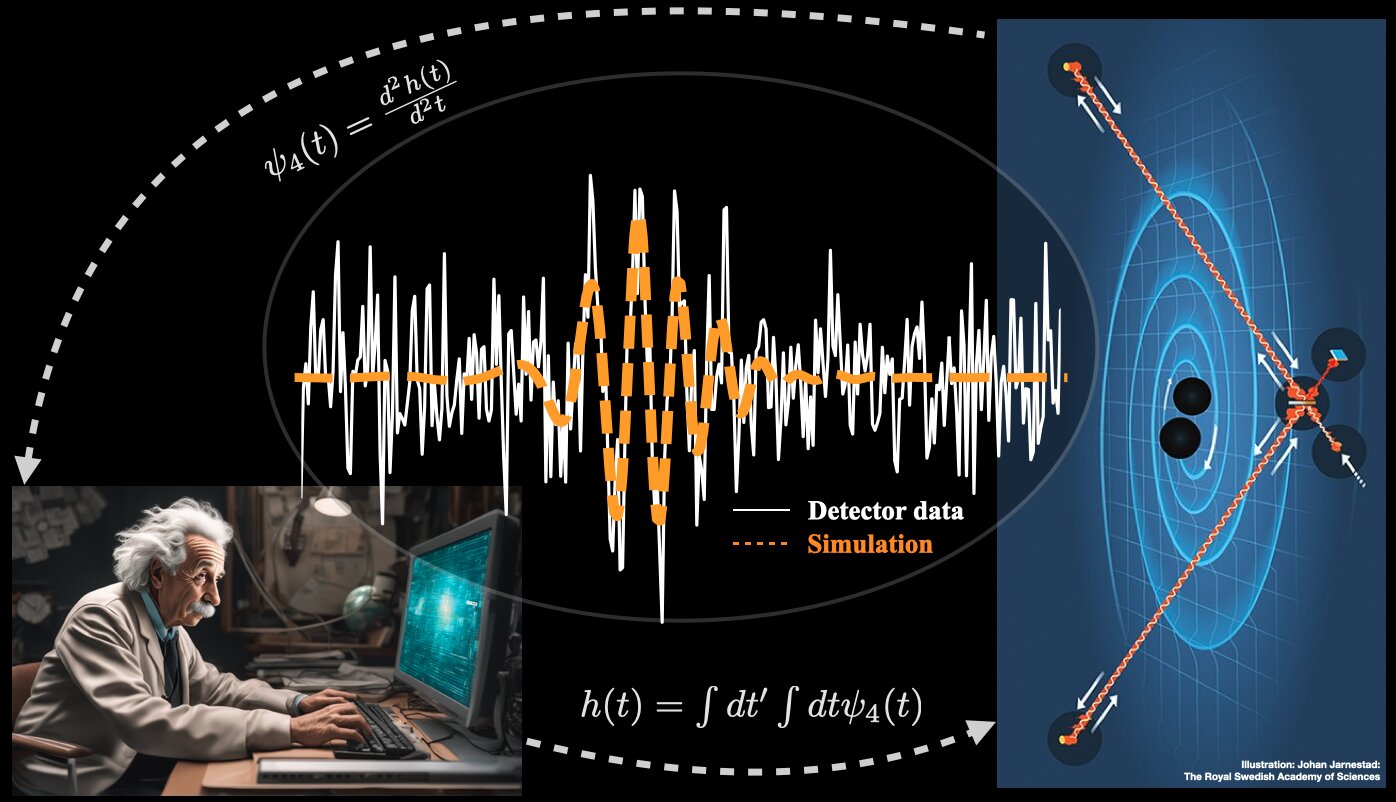
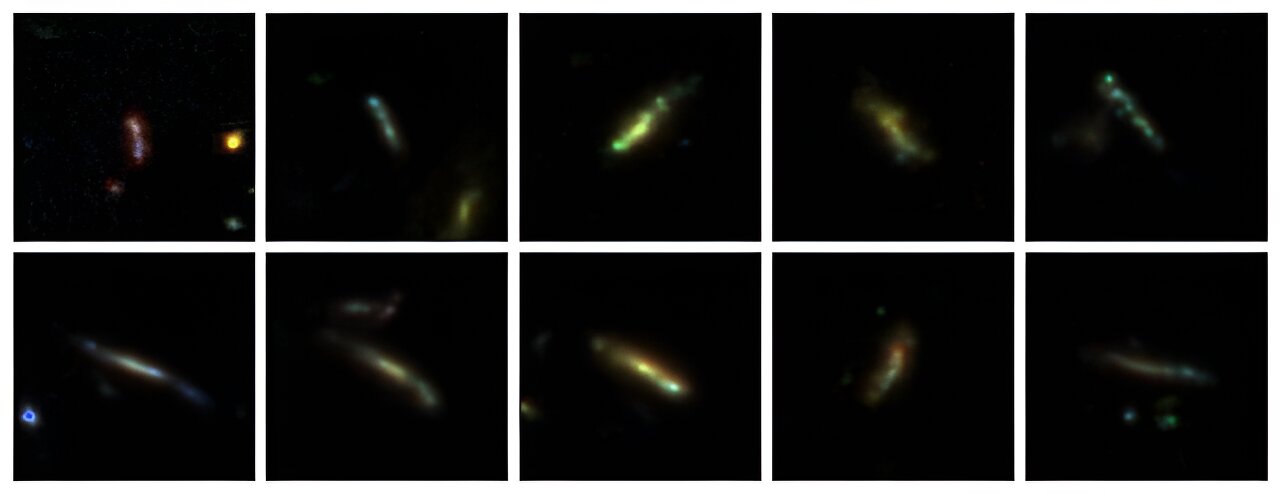
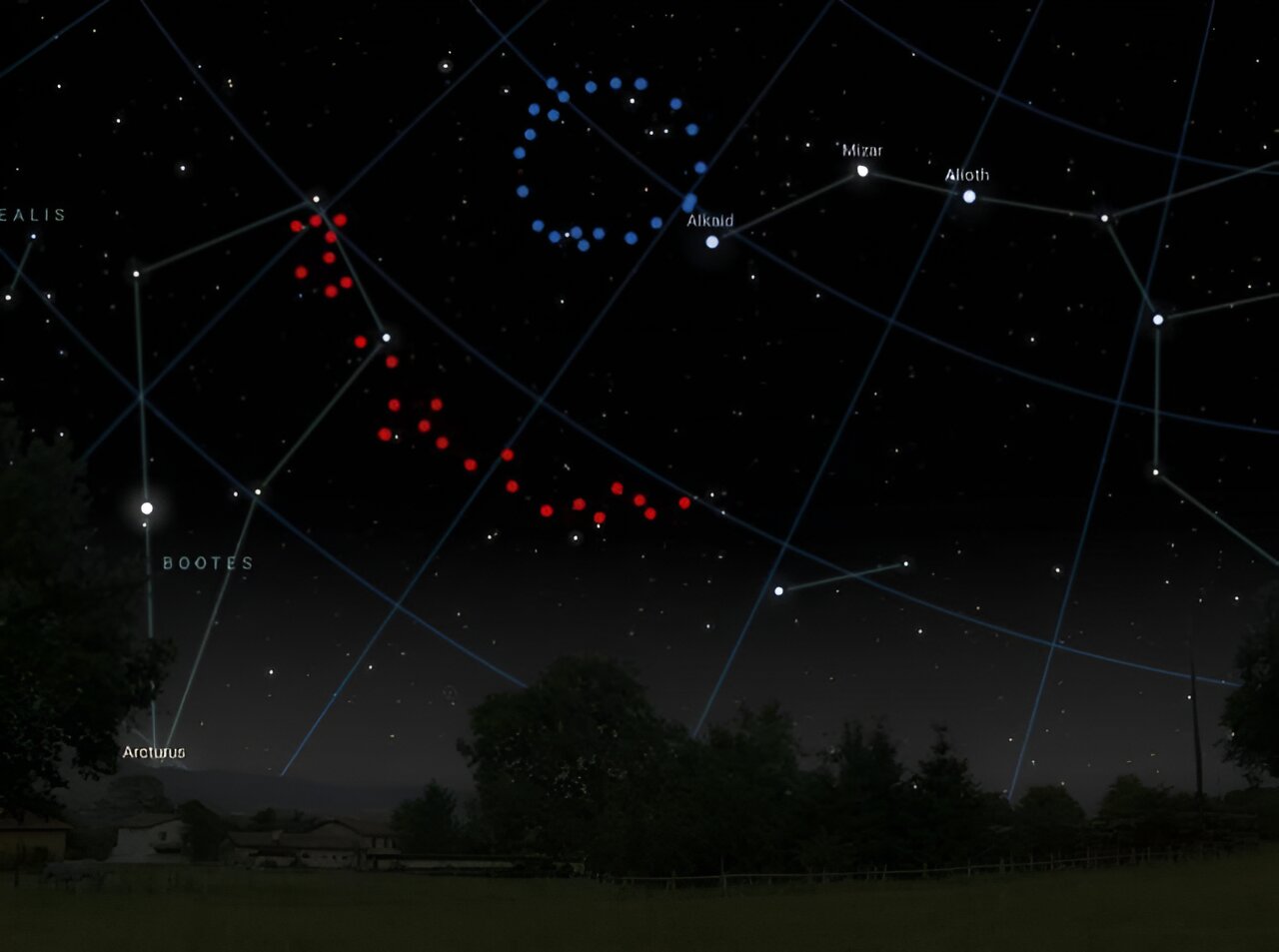
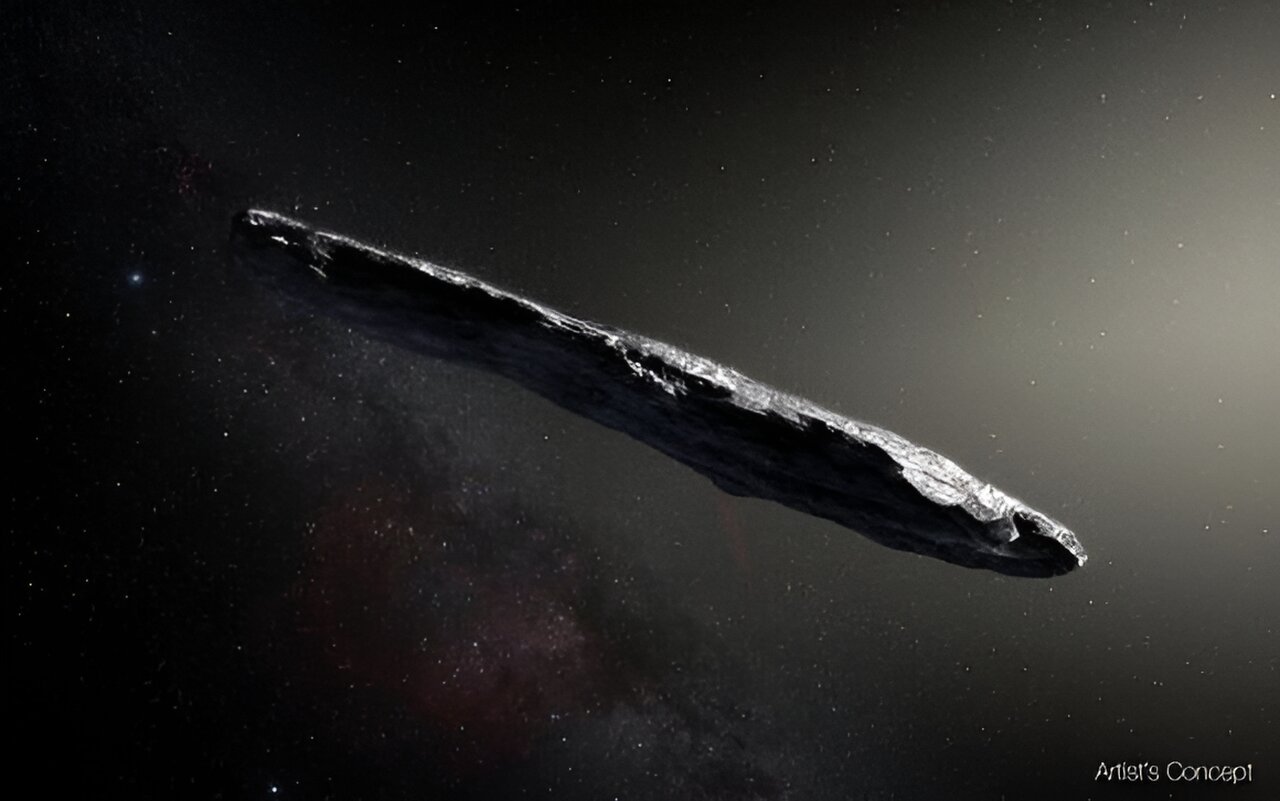
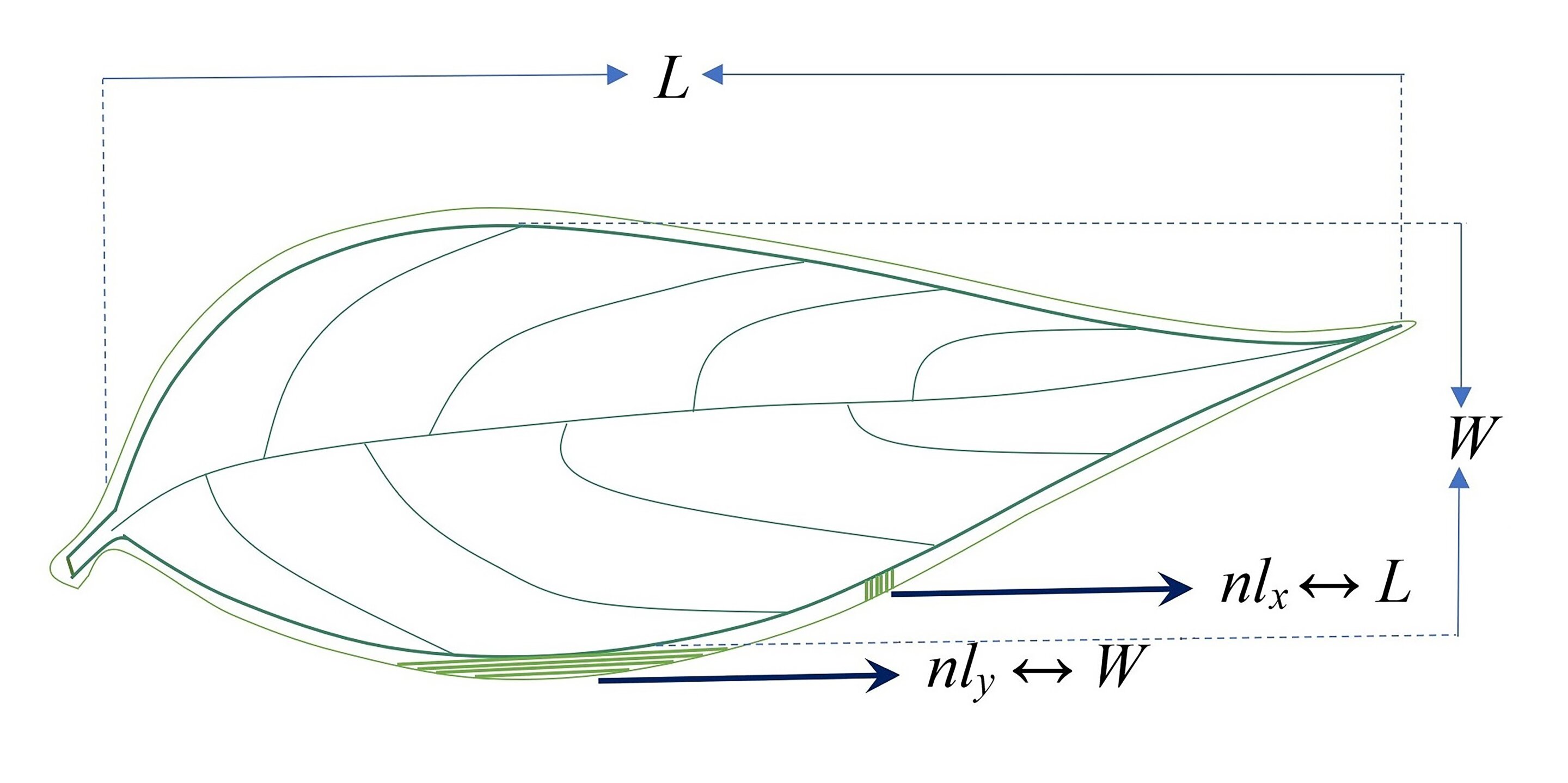
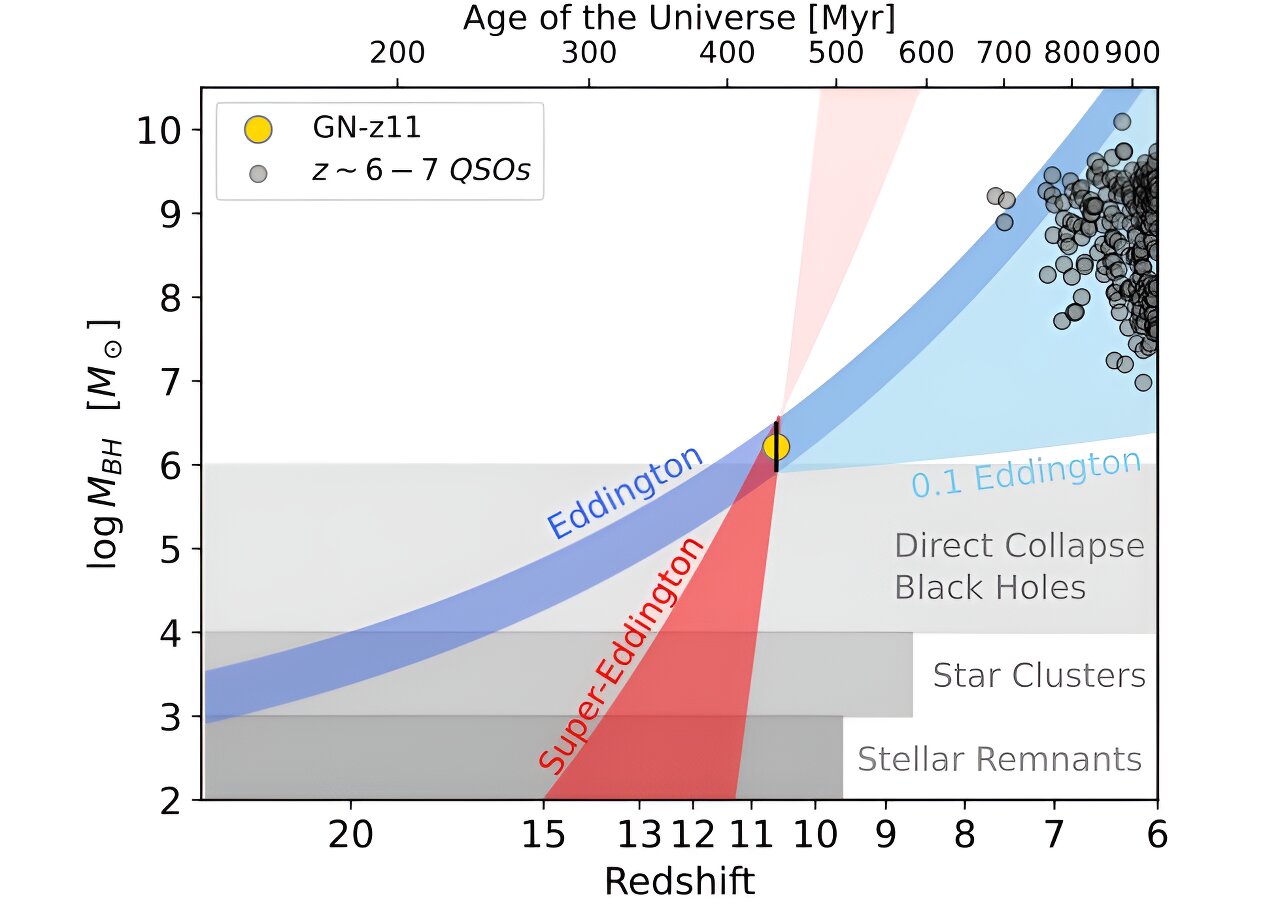
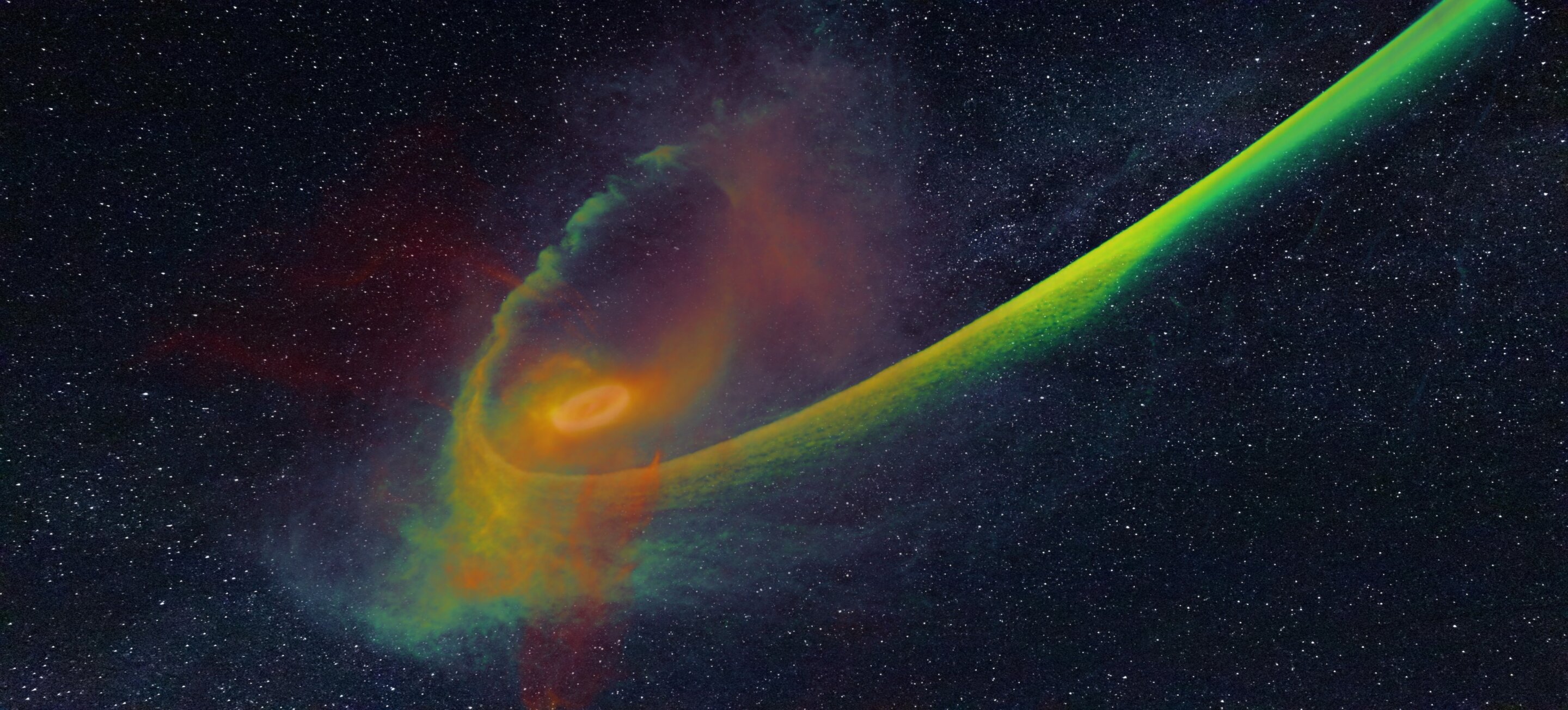
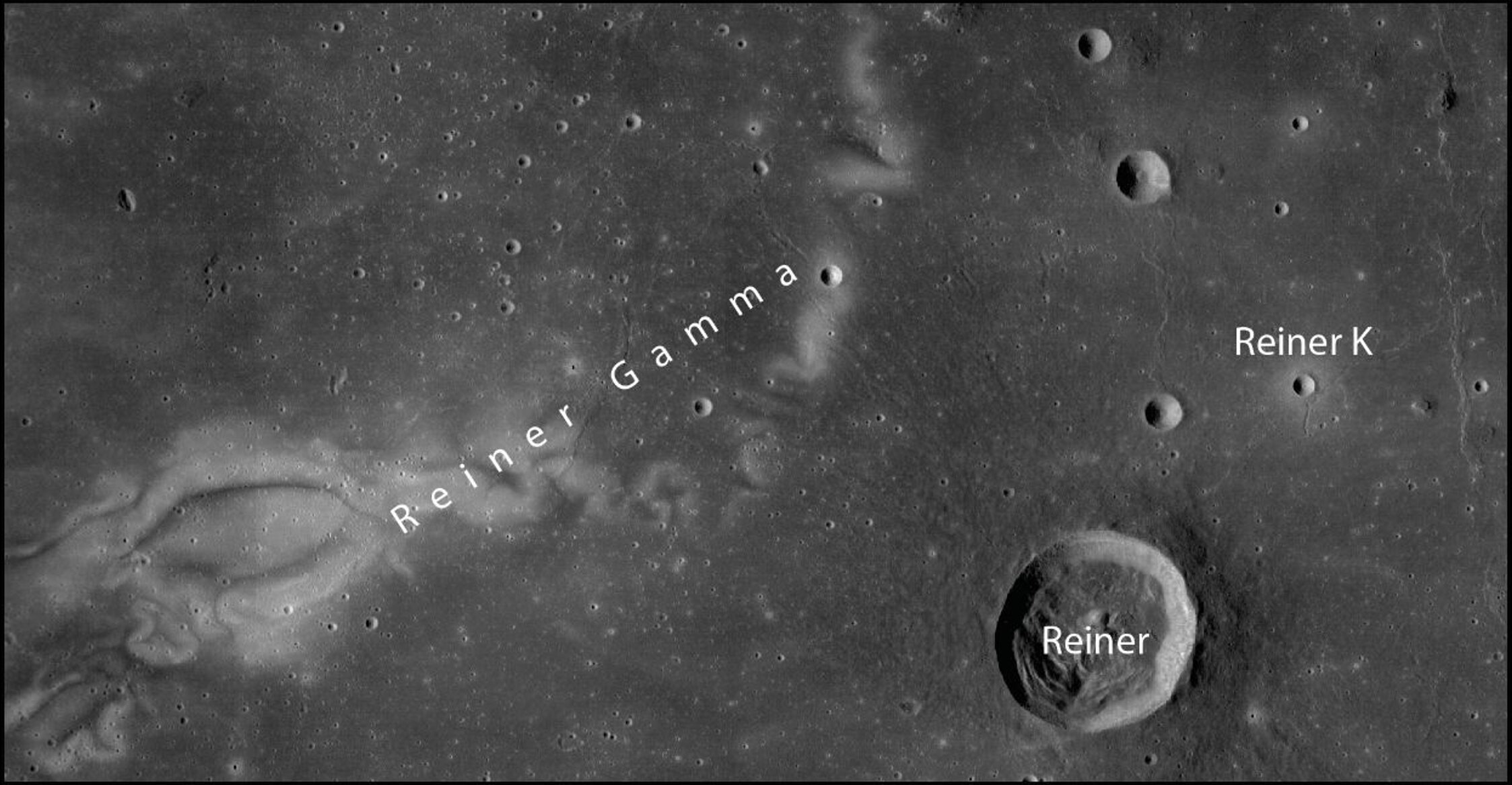
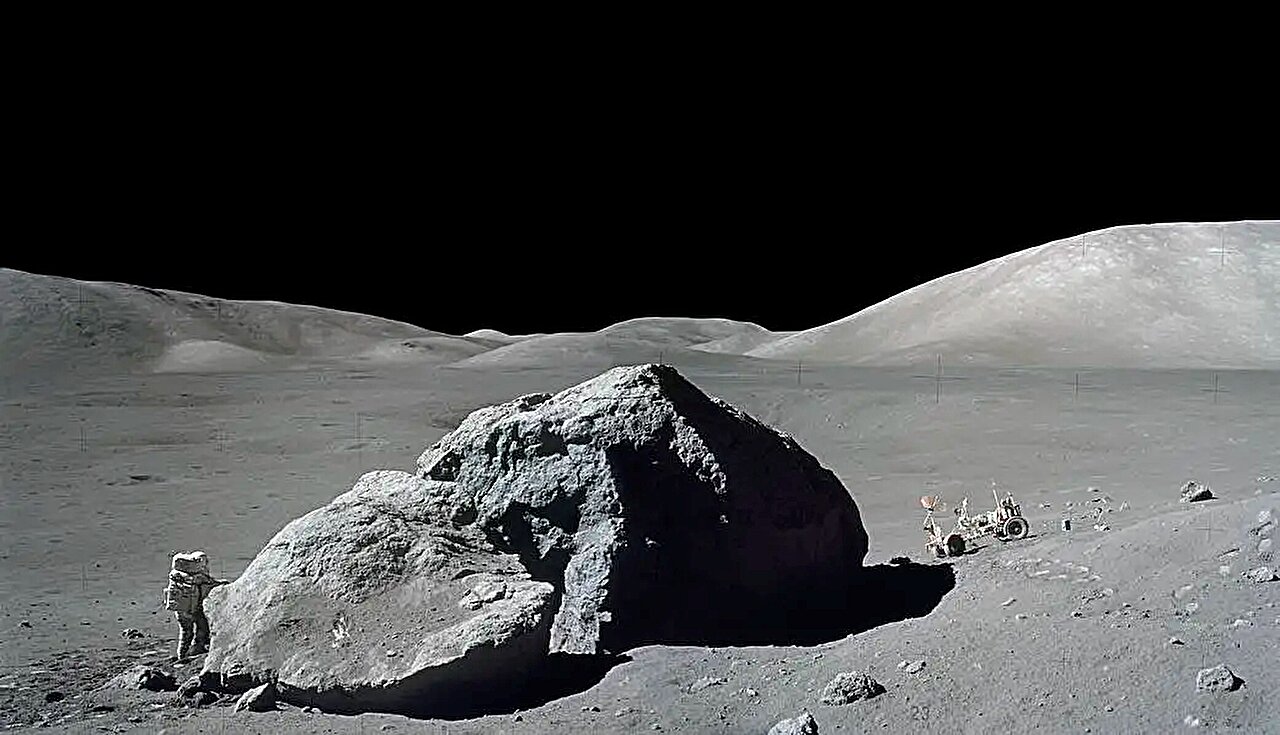
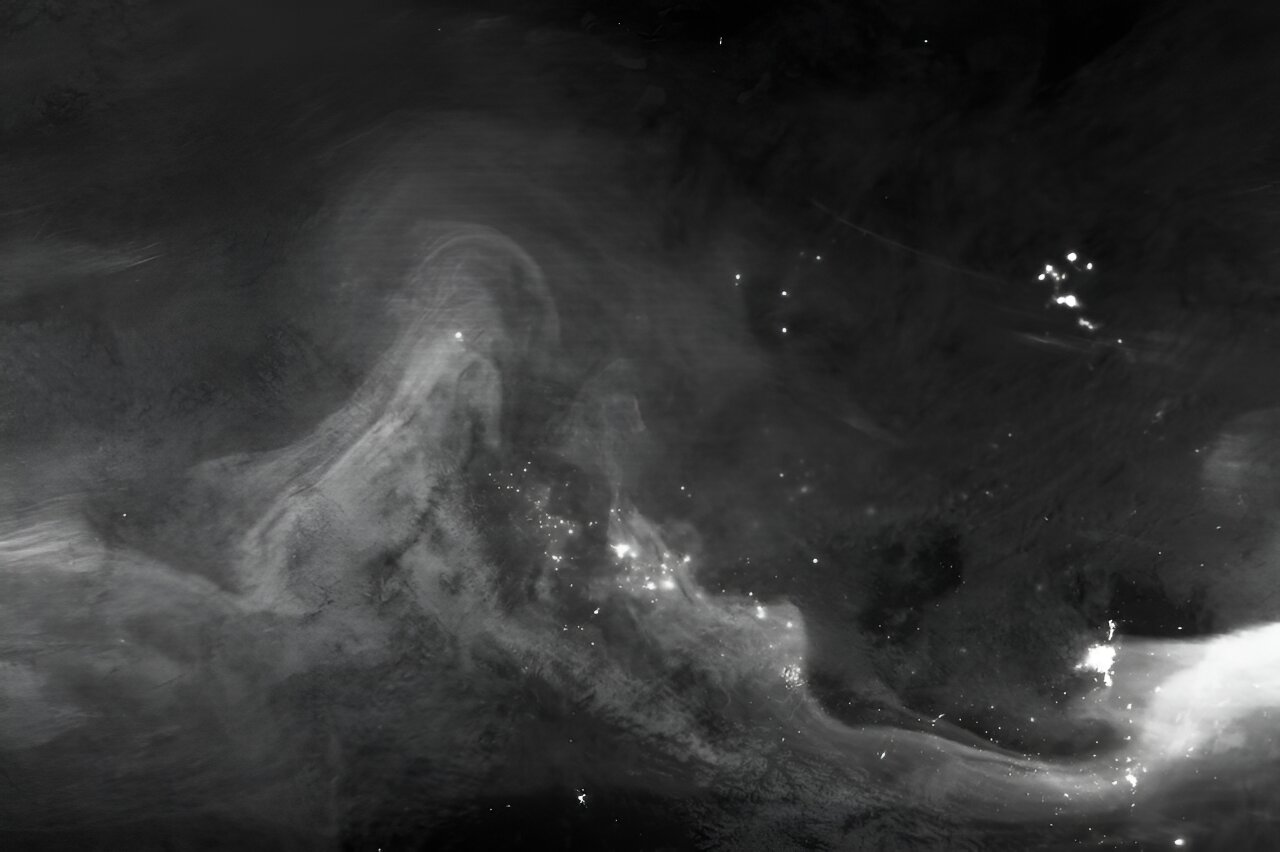
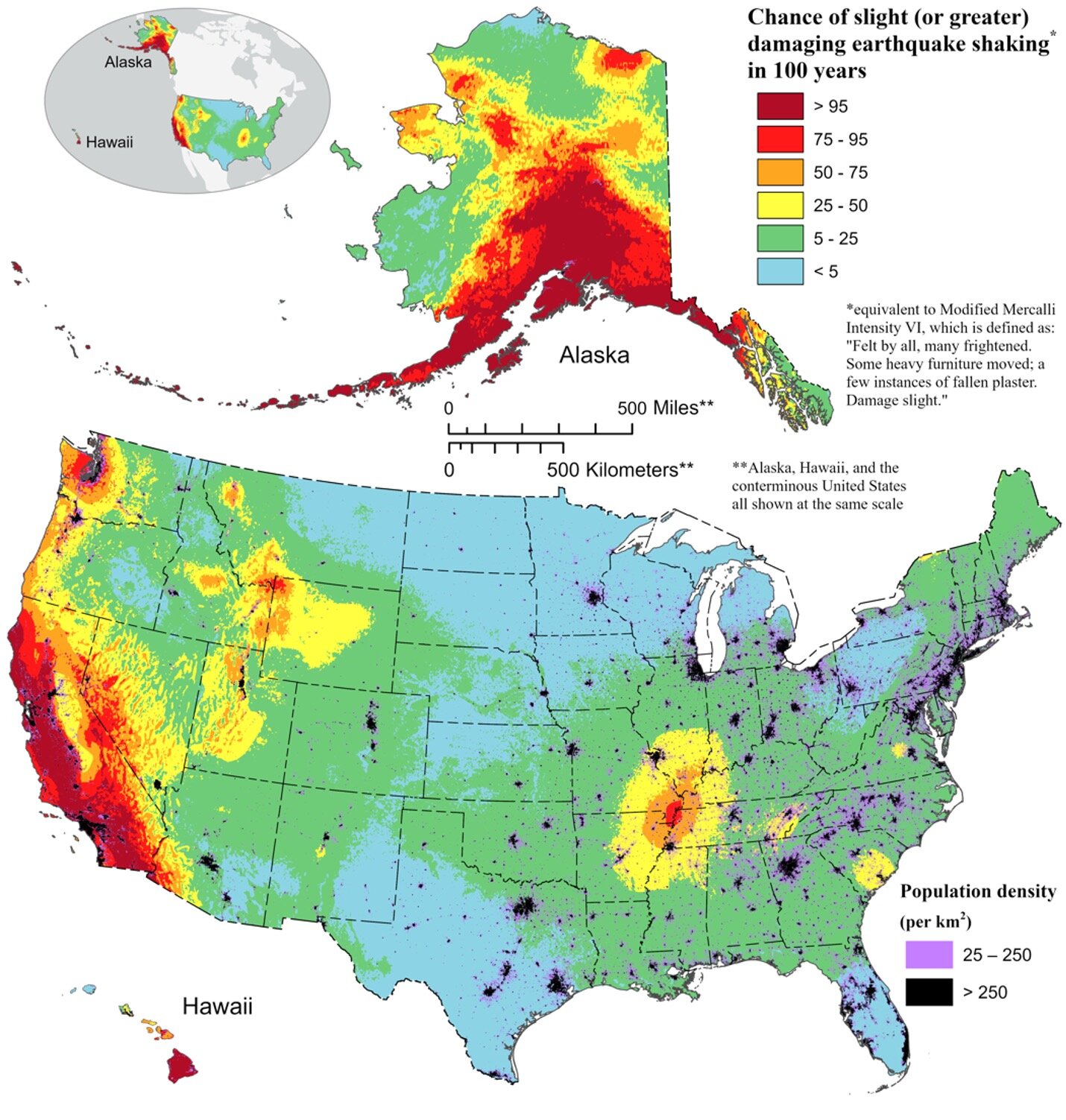
When Voyager 2 flew past Uranus in 1986, the planet appeared to be a nearly featureless, solid blue ball. Now, Webb shows us an infrared view that is much more dynamic and intriguing. Rings, moons, storms, and a bright, north polar cap grace these new images. Because Uranus is tipped on its side, the polar cap appears to become more prominent as the planet’s pole points towards the Sun and receives more sunlight — a time called solstice. Uranus reaches its next solstice in 2028, and astronomers will watch for changes in the planet’s atmosphere. Studying this ice giant can help astronomers understand the formation and meteorology of similarly sized planets around other suns.
Something peculiar is going on a long way beneath our feet. The rotation of the Earth's inner core is not aligned with the rotation of the mantle, creating a wobble that affects the motion of the poles and even the length of the days that our planet experiences.
The new work suggests that the rotation axis of the inner core is 0.17 degrees off compared to the rotation of the mantle.
Since the late 1980s, researchers have suspected that a coupling between the inner core and the mantle could be responsible for a periodic variation on the order of 10 years. This study puts the wobble at 8.5 years, plus or minus 75 days. It was the discovery of a signal in the polar motion back in 2018, combined with the day-length fluctuations, that led the researchers to conclude that they were being caused by the same process, a small misalignment.
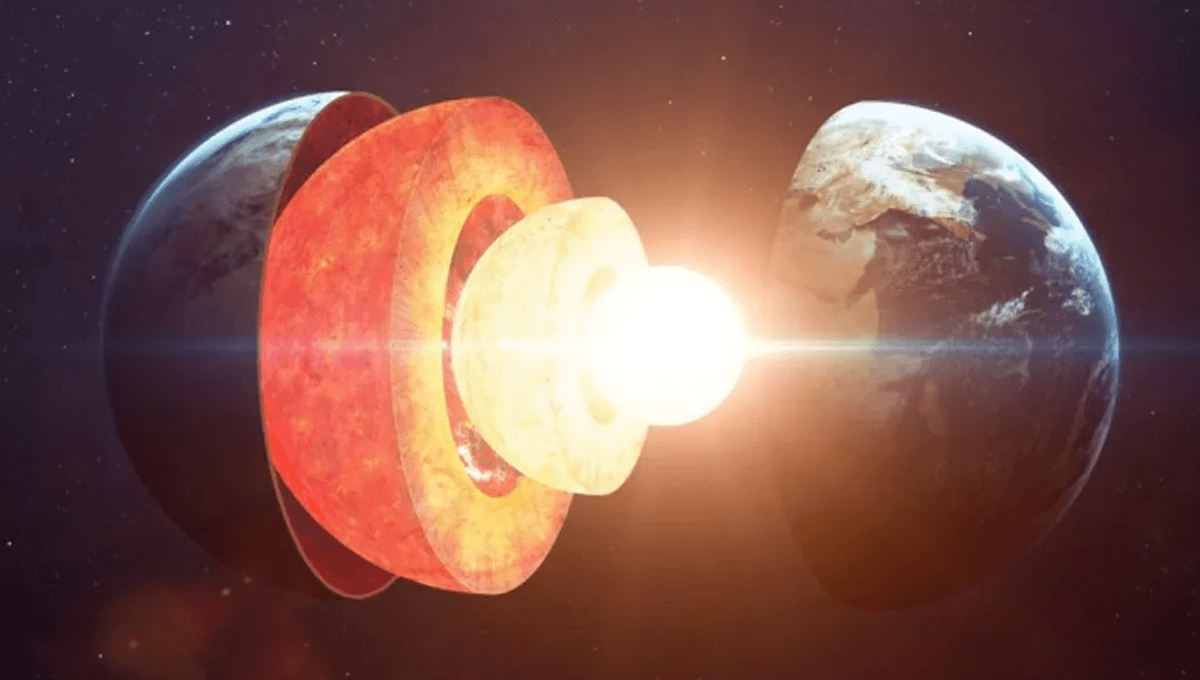
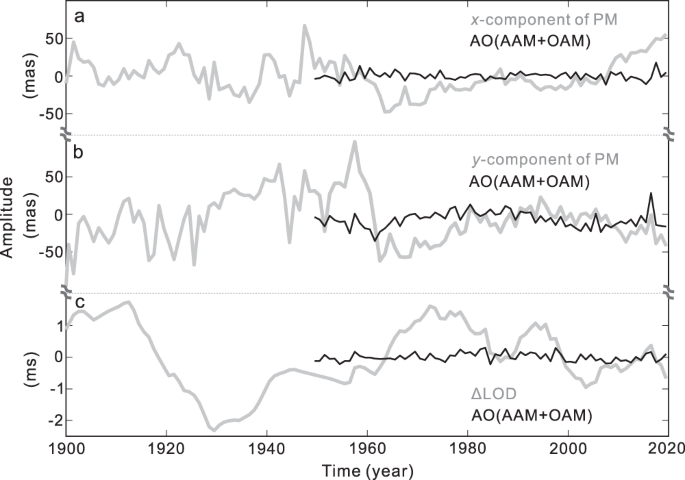
“Our analyses predict that these 17 worlds may have ice-covered surfaces but receive enough internal heating from the decay of radioactive elements and tidal forces from their host stars to maintain internal oceans,” said Dr. Lynnae Quick of NASA’s Goddard Space Flight Center in Greenbelt, Maryland. “Thanks to the amount of internal heating they experience, all planets in our study could also exhibit cryovolcanic eruptions in the form of geyser-like plumes.” Quick is lead author of a paper on the research published on October 4 in the Astrophysical Journal.
They predict that surface temperatures are colder than previous estimates by up to 60 degrees Fahrenheit (about 33 degrees Celsius). Estimated ice shell thickness ranged from about 190 feet (58 meters) for Proxima Centauri b and one mile (1.6 kilometers) for LHS 1140 b to 24 miles (38.6 kilometers) for MOA 2007 BLG 192Lb, compared to Europa’s estimated average of 18 miles (almost 29 kilometers). Estimated geyser activity went from just 17.6 pounds per second (about 8 kilograms/second) for Kepler 441b to 639,640 pounds/second (290,000 kilograms/second) for LHS 1140 b and 13.2 million pounds/second (six million kilograms/second) for Proxima Centauri b, compared to Europa at 4,400 pounds/second (2,000 kilograms/second).
For planets like Proxima Centauri b that don’t cross their stars from our vantage point, geyser activity could be detected by powerful telescopes that are able to measure light that the exoplanet reflects while orbiting its star. Geysers would expel icy particles at the exoplanet’s surface which would cause the exoplanet to appear very bright and reflective.
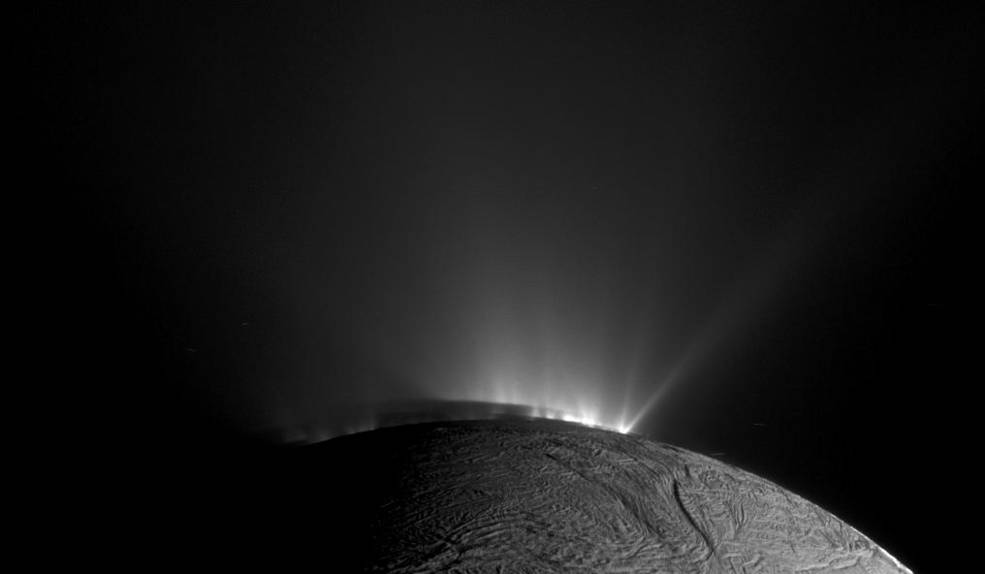
GJ 367b, a terrestrial exoplanet in orbit around an M-type star, captivates with its 0.633 Earth masses, a swift orbital period of 0.3 days, and a close proximity of 0.00709 AU to its stellar companion. Recent observations by the James Webb Space Telescope (JWST) have further illuminated the mysteries surrounding this celestial body, adding depth to our understanding of its unique characteristics. Initially announced in 2021, the ongoing revelations about GJ 367b continue to shape our knowledge of distant exoplanetary systems. Image Credit: NASA.
Strange disappearing “magic islands” spotted by Nasa’s Cassini spacecraft on Saturn’s moon Titan are actually blobs of organic molecules floating in seas of liquid methane, scientists say.
When the Cassini spacecraft conducted radar scans of Titan, it found that the moon’s surface was covered with dark dunes of organic material and seas of liquid methane.

Researchers may have identified the missing component in the chemistry of the Venusian clouds that would explain their colour and 'splotchiness' in the UV range, solving a longstanding mystery.
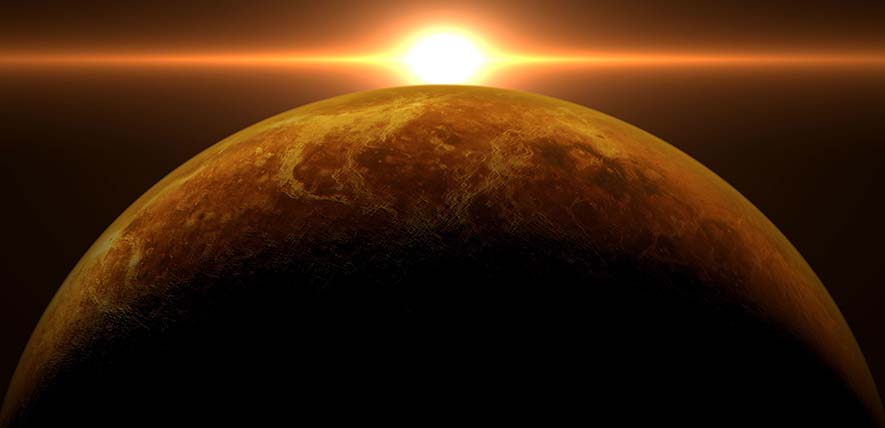
In a remarkable discovery, astronomers using NASA’s James Webb Space Telescope have uncovered a cosmic enigma. They’ve identified a brown dwarf, known as W1935, that exhibits unusual infrared emission from methane that resembles an aurora.
This finding is noteworthy, particularly because W1935, a celestial body larger than Jupiter yet smaller than a star, is relatively cold and does not orbit a host star.
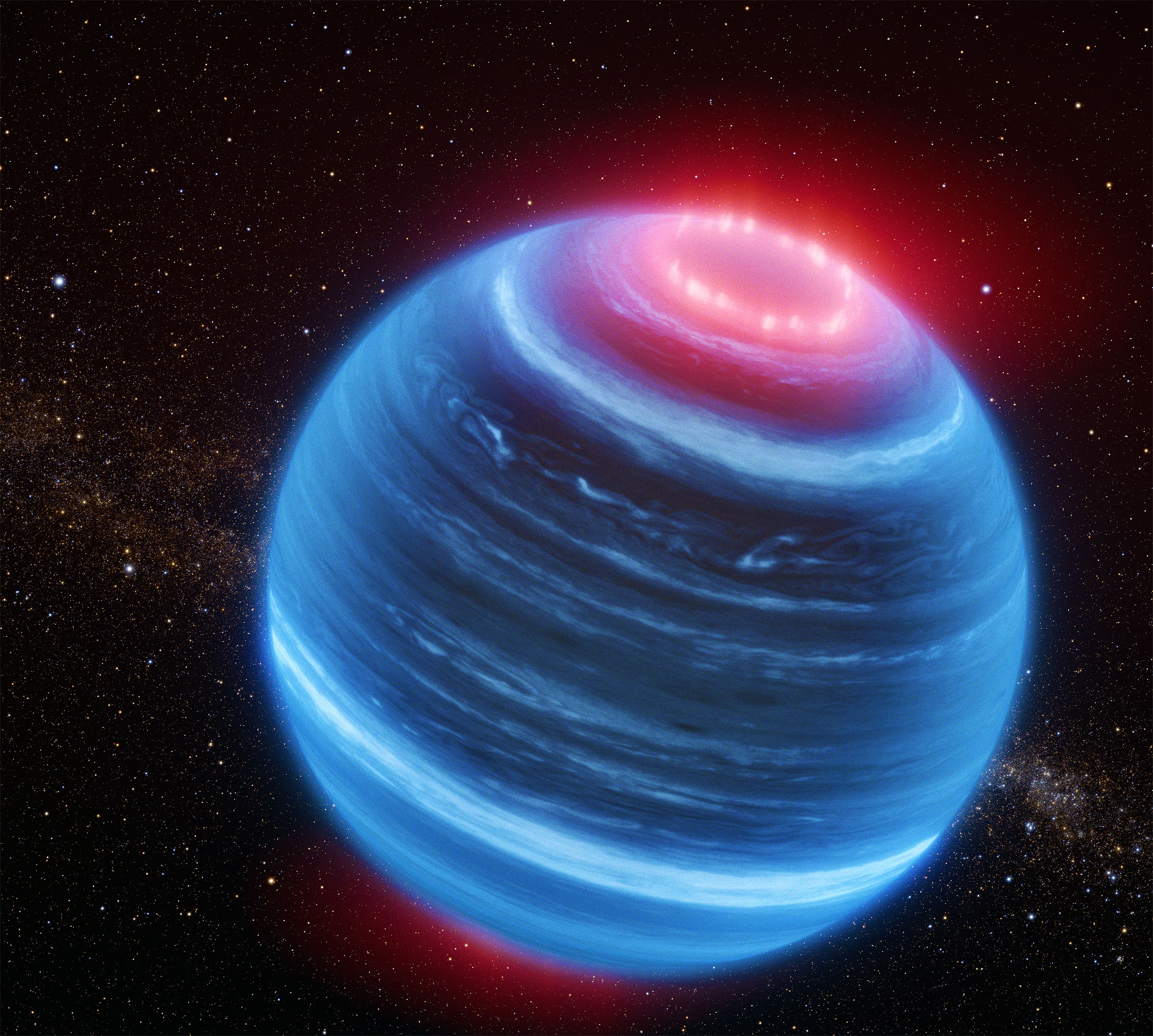
Now, theoretical astrophysicist Amir Siraj of Princeton University has worked out just how many alien planets might be out there, hidden from our view. According to his calculations, on a purely mathematical level, there could be 1.2 planets with a mass greater than Mars; 2.7 with a mass comparable to Mars; and 5.2 with a mass comparable to that of Mercury.
These are just educated guesses, based on other educated guesses, but the idea that there could be just one hidden world out there that has traveled from a distant star is certainly a fascinating one.
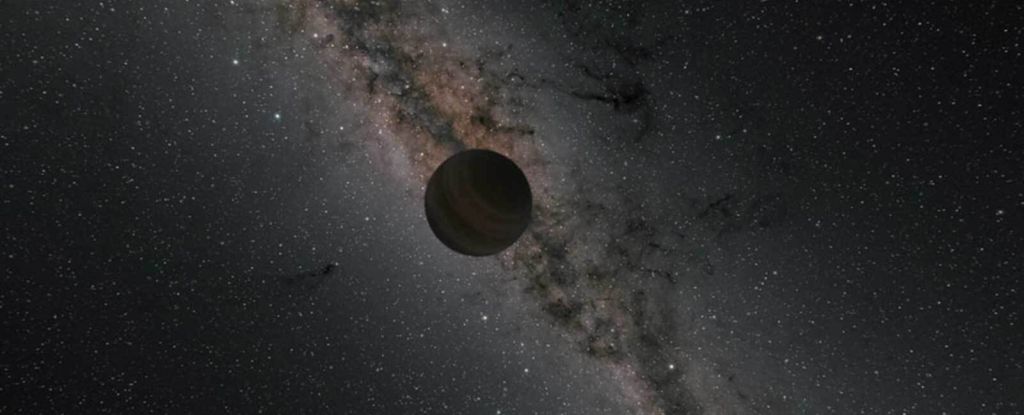
An exoplanet orbiting a small star some 50 light-years away from Earth may be a life-friendly water world, a new study has revealed — and the James Webb Space Telescope could determine if that is indeed the case.
The planet in question, called LHS 1140b, orbits in the habitable zone of a small, dim star called LHS 1140 that lies in the constellation Cetus. The exoplanet was discovered in 2017 and has been observed by multiple telescopes since.
These observations first convinced researchers that LHS 1140b is a rocky planet about 1.7 times wider than Earth. But a new analysis of all available observations has shown that LHS 1140b is not dense enough to be purely rocky and must either contain much more water than Earth or possess an extensive atmosphere full of light elements such as hydrogen and helium.
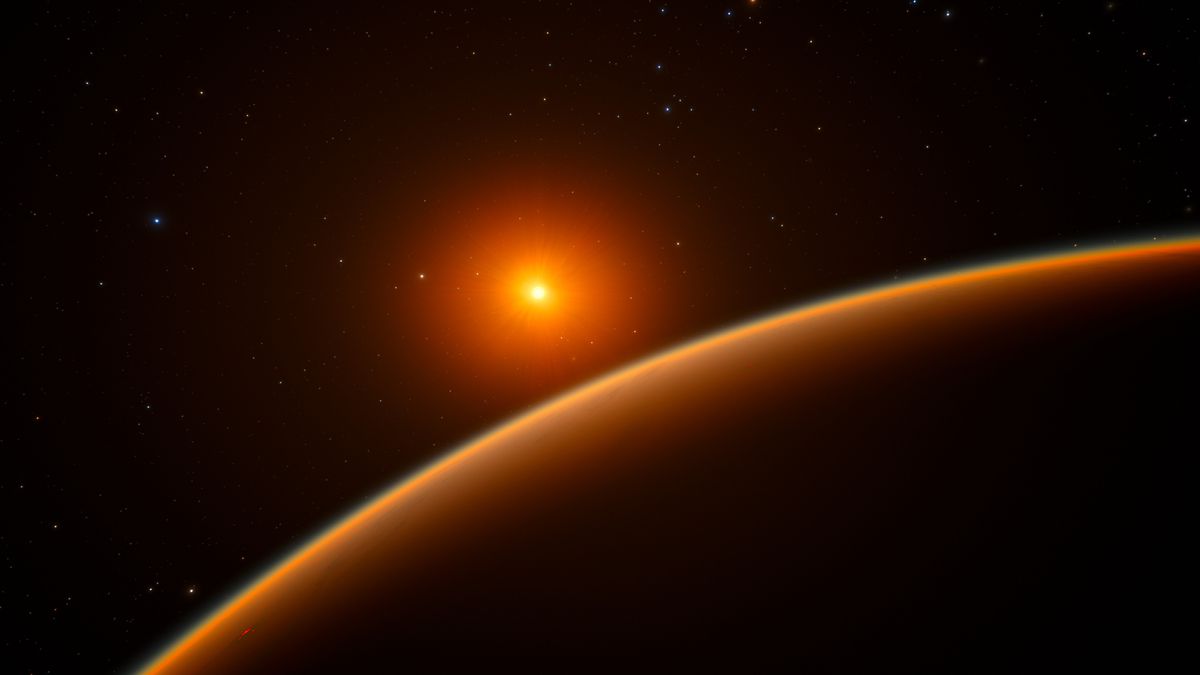
Astronomers have discovered a ring-shaped cosmic megastructure, the proportions of which challenge existing theories of the universe.
The so-called Big Ring has a diameter of about 1.3bn light years, making it among the largest structures ever observed. At more than 9bn light years from Earth, it is too faint to see directly, but its diameter on the night sky would be equivalent to 15 full moons.
The observations, presented on Thursday at the 243rd meeting of the American Astronomical Society in New Orleans, are significant because the size of the Big Ring appears to defy a fundamental assumption in cosmology called the cosmological principle. This states that above a certain spatial scale, the universe is homogeneous and looks identical in every direction.
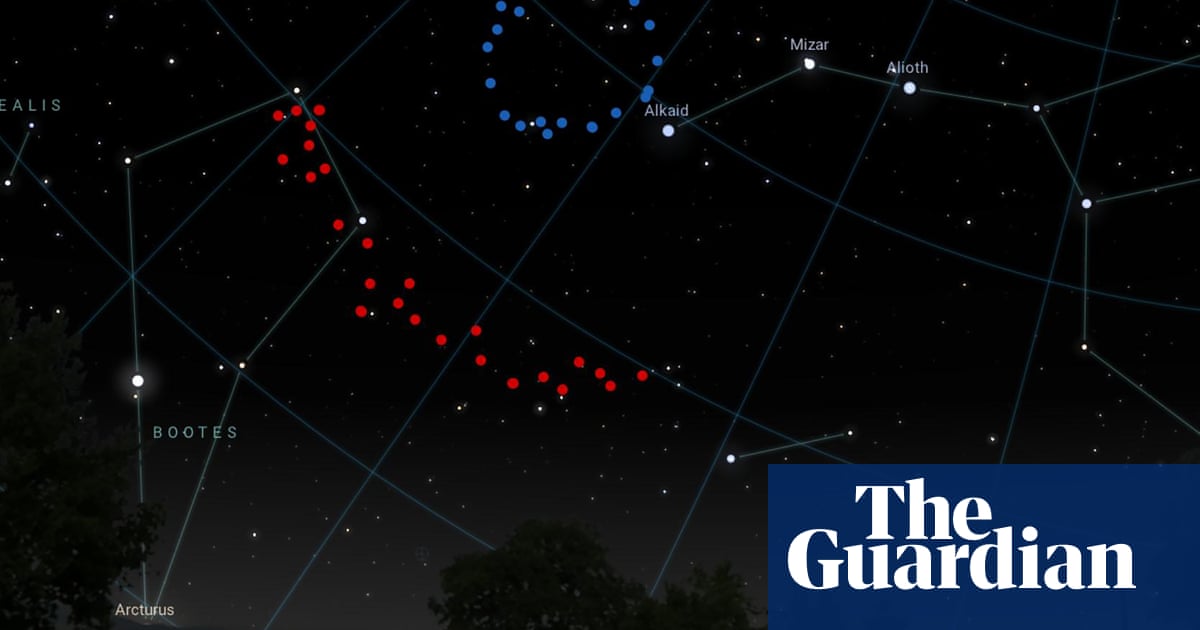
Astronomers have discovered an unusual Earth-sized exoplanet they believe has a hemisphere of molten lava, with its other hemisphere tidally locked in perpetual darkness. Co-authors and study leaders Benjamin Capistrant (University of Florida) and Melinda Soares-Furtado (University of Wisconsin-Madison) presented the details yesterday at a meeting of the American Astronomical Society in New Orleans. An associated paper has just been published in The Astronomical Journal. Another paper published today in the journal Astronomy and Astrophysics by a different group described the discovery of a rare small, cold exoplanet with a massive outer companion 100 times the mass of Jupiter.
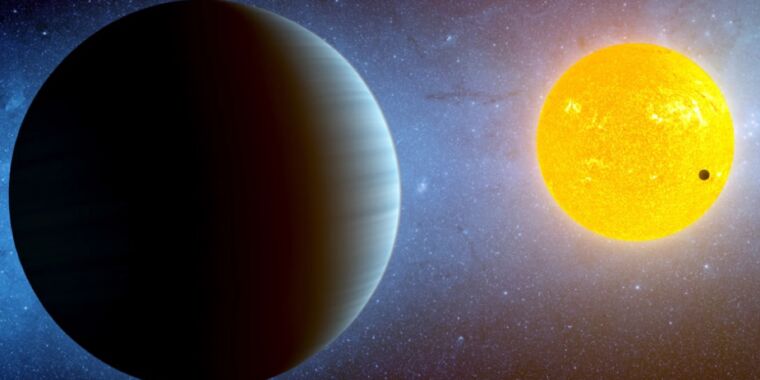
This new FRB is particularly weird because it erupted halfway across the universe, making it the farthest and most powerful example detected to date.
And if that's not strange enough, it just got weirder based on the follow-up Hubble observations made after its discovery. The FRB flashed in what seems like an unlikely place: a collection of galaxies that existed when the universe was only 5 billion years old. The large majority of previous FRBs have been found in isolated galaxies.
Since the 1980s, the planetary system around the star Beta Pictoris has continued to fascinate scientists. Even after decades of study, it still holds surprises.
NASA’s James Webb Space Telescope has unlocked an exciting new chapter of Beta Pic’s story, which includes new details about the composition of its debris disks and a never-before-seen dust trail resembling a cat’s tail. This feature is hypothesized by a team of astronomers to be a relatively recent addition to the planetary system — a tail not so old as time.
Astronomers have discovered a pair of exoplanets orbiting an M dwarf star, one of which is the coldest M dwarf planet found by the TESS satellite observatory, making it accessible for follow-up studies of its atmosphere. The work is published in The Astrophysical Journal Letters.
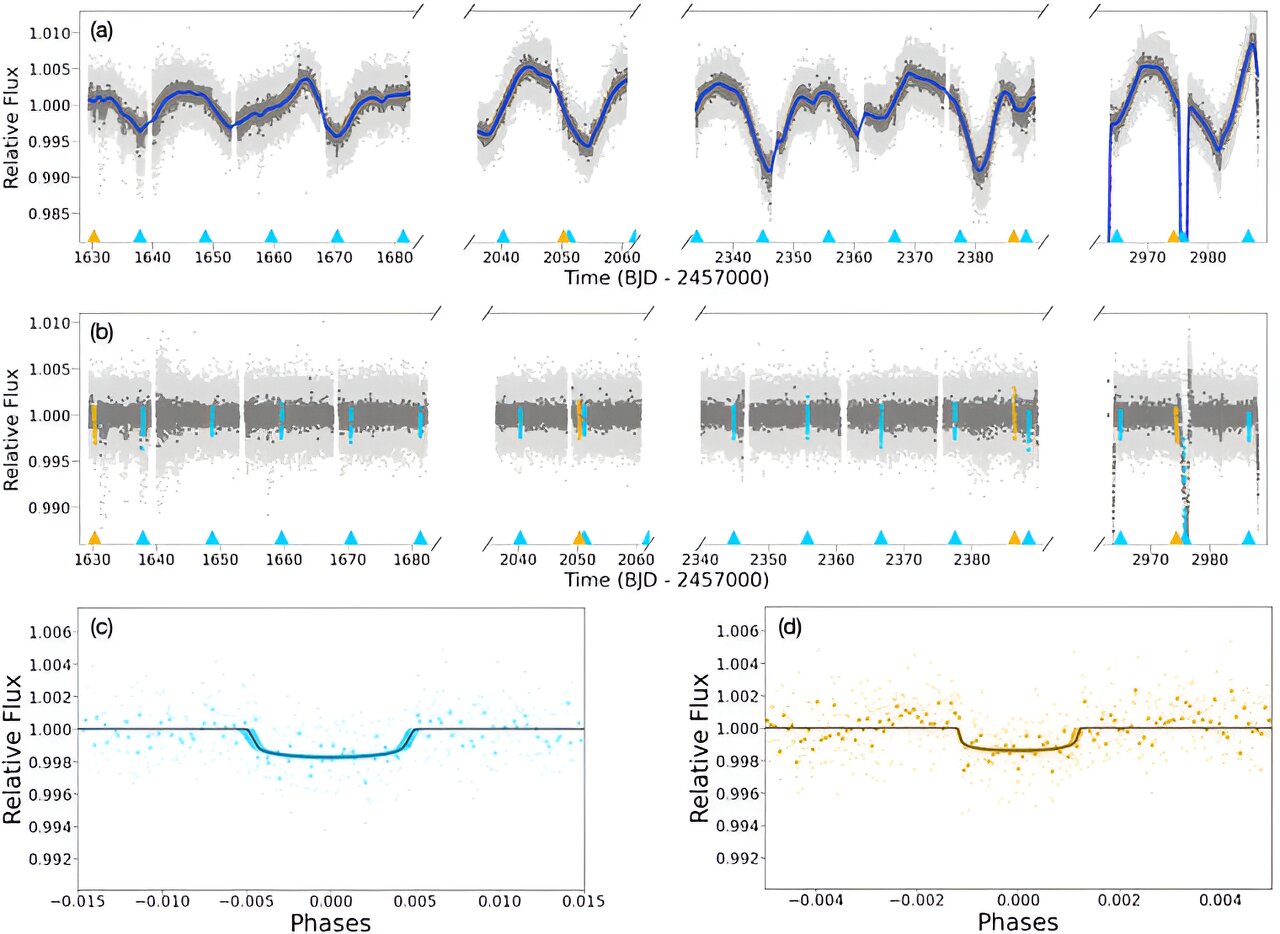
The rumors have been out there for a while now, percolating through respectable corners of the astronomy and astrobiological community, that the James Webb Space Telescope has found a planet with strong evidence of life.
Some of this sentiment recently bubbled into the public view when the British news magazine The Spectator published an item titled "Have we just discovered aliens?" In accordance with Betteridge's law of headlines, the answer to the question posed in this headline is no.
Although she didn't say so, Colón is certainly referring to K2-18 b, an exoplanet 8.6 times as massive as Earth that is 120 light years from our Solar System. Astronomers believe this may be a "hycean" exoplanet, meaning it has water oceans on its surface and a hydrogen-rich atmosphere.
So here, as best as I can tell, is the real story. Scientists are definitely intrigued by the observations that Webb has made of the exoplanet K2-18 b. However, there is a robust debate ongoing about the telescope's measurements of water, methane, and dimethyl sulfide. They're promising but not conclusive. As Colón said, we need more data and possibly new instruments to make a definitive call.

 arstechnica.com
arstechnica.com
I’m guessing they mean from the last quoted paragraph that this exoplanet would need a dedicated mission with a particular instrument set to study it.
…
…

No, the James Webb Space Telescope hasn’t found life out there—at least not yet
There is a robust debate ongoing in the scientific community.arstechnica.com
You do have a fair point about the planet, and the article it’s possible does add two and two together to get give as to what planet the rumours might be about.Why does it go on about K2-18b? The rumours don't seem to be about that planet. As the article itself admits, Knicole Colón doesn't appear to mention K2-18b either. Rebecca Smethurst spoke about the results for that planet before hinting about this possible separate new paper. Given further followup observations of K2-18b haven't even happened yet as far as I know, the new rumours aren't likely about that planet.
To clear something up about the process; prior to observers publishing their results, it isn't necessarily the case that a JWST project scientist would know anything about what a team had discovered from an observation.
A NASA-employed scientist can be PI or a team member on observations, but most of the time observers are from academia. An individual or team of scientists (typically from universities/research institutes) requests a particular set of observations which the NASA technicians on the JWST program complete for them. The raw(ish) data is then sent to and analysed by the requesting observers themselves, not NASA, and typically analysed in relative secret so as not to get scooped on any potential discovery. There aren't groups of NASA scientists pouring over every observation JWST makes, analysis is all done by the academic researchers themselves. Although it can happen (everybody knows everybody/gossip from Peer Reviewers etc) there's no reason to believe a NASA scientist on the JWST program would automatically know about this result before it is made public. This is all standard practice with observatories, same with Hubble etc.
So when Knicole Colón says "JWST has not found definitive evidence of life on an exoplanet," she will only be referring to published, public results. She will not have direct access to what research teams are working on. Her next quote is a generic comment attempting to explain the difference between the discovery of biosignatures and the discovery of life. A biosignature is evidence, but not generally conclusive on its own.
I’ve seen that video of her’s and she’s quite correct she was making a general guess, one that’s probably a well educated one.For what it's worth, Becky has said she was misinterpreted and wasn't talking about a specific discovery, just making a hopeful guess. So it sounds like the rumours are false.
Won't stop the UFOologists saying she was got at by the government...
Using NASA's Transiting Exoplanet Survey Satellite (TESS), an international team of astronomers has discovered nine new "hot Jupiter" exoplanets. One of the newly detected alien worlds is almost four times more massive than Jupiter. The finding was presented in a paper published January 11 on the pre-print server arXiv.
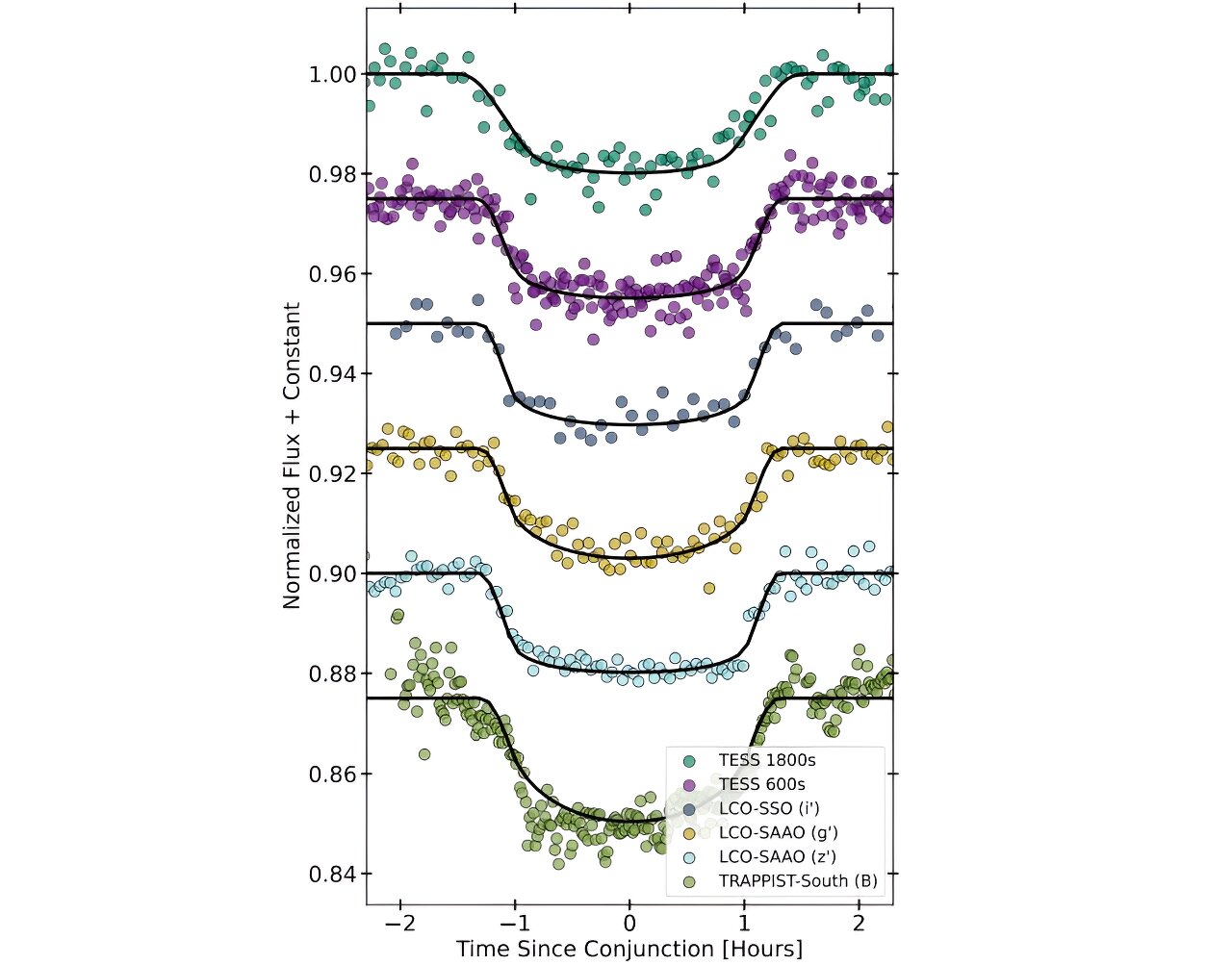
A global team of astronomers have created the most sensitive radio image ever of a globular cluster, an ancient ball of tightly-packed stars.
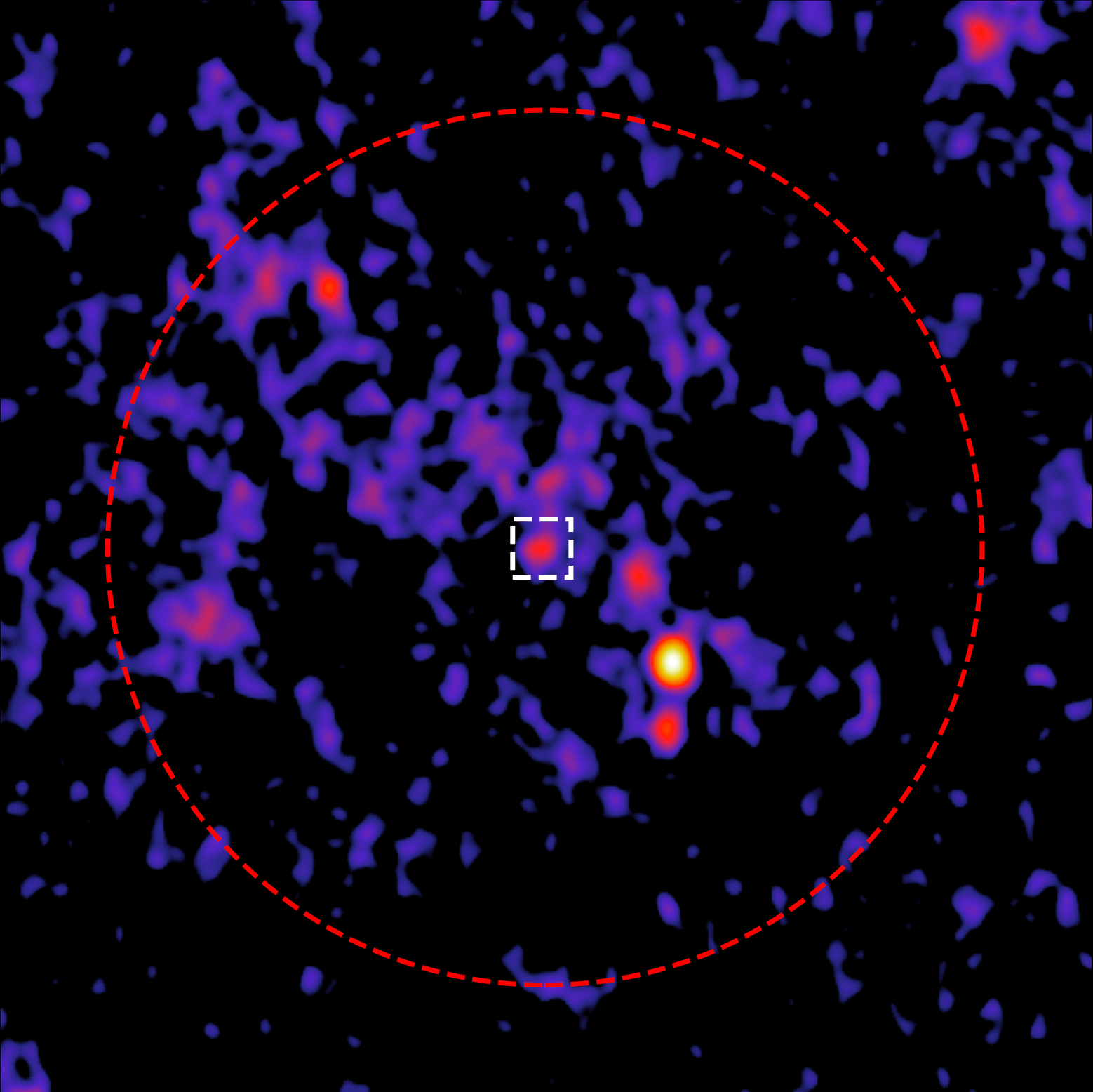
A team of scientists found a compact object 40,000 light-years from Earth that is either a very massive neutron star or an itsy-bitsy black hole, but they’re not sure which.

Quark star perhaps? Some kind of collapsar...
Mystery Object in Deep Space Is Confounding Astronomers
The super-dense object doesn't quite fit with what we know about black holes or neutron stars.gizmodo.com
Related paper:
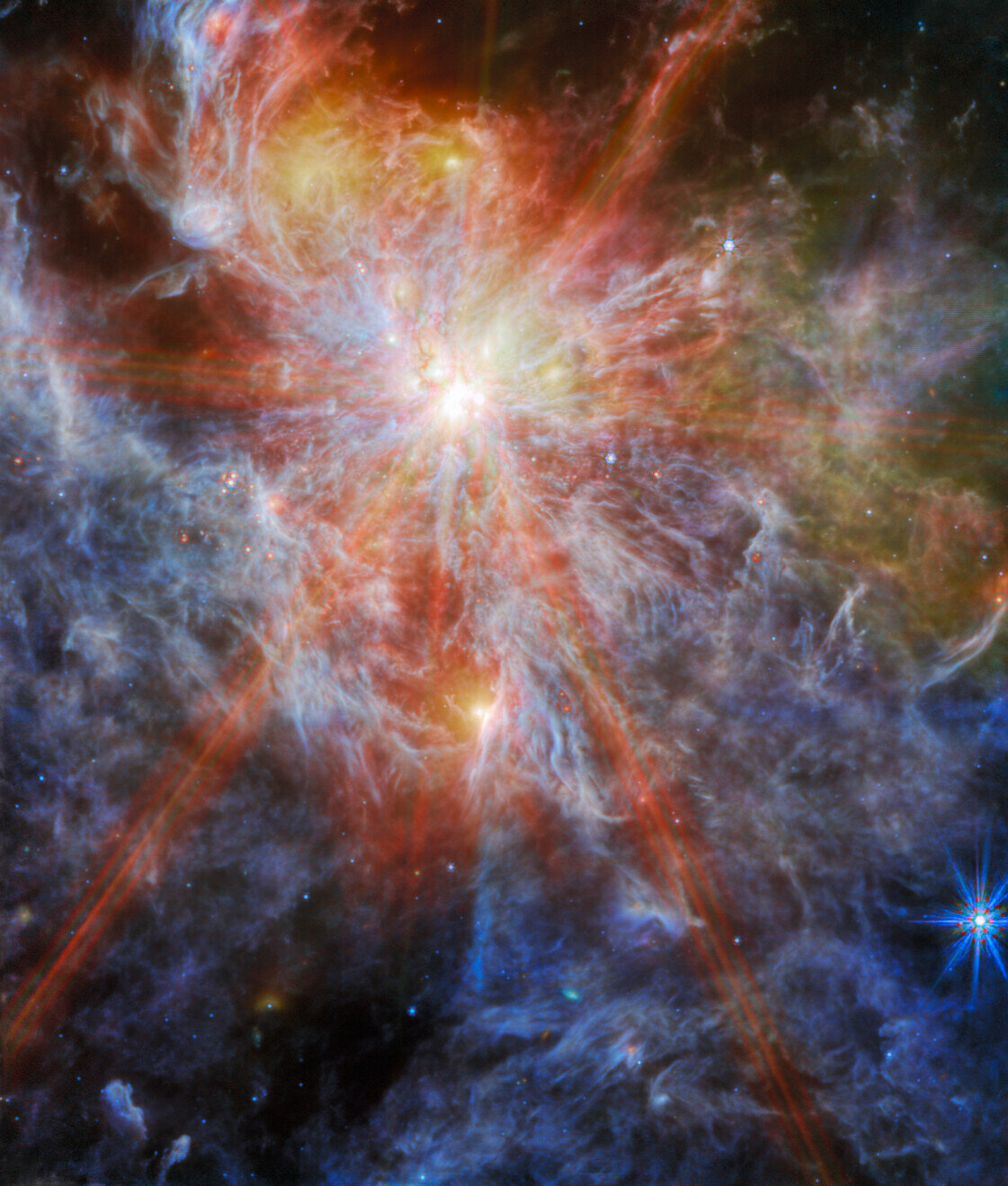
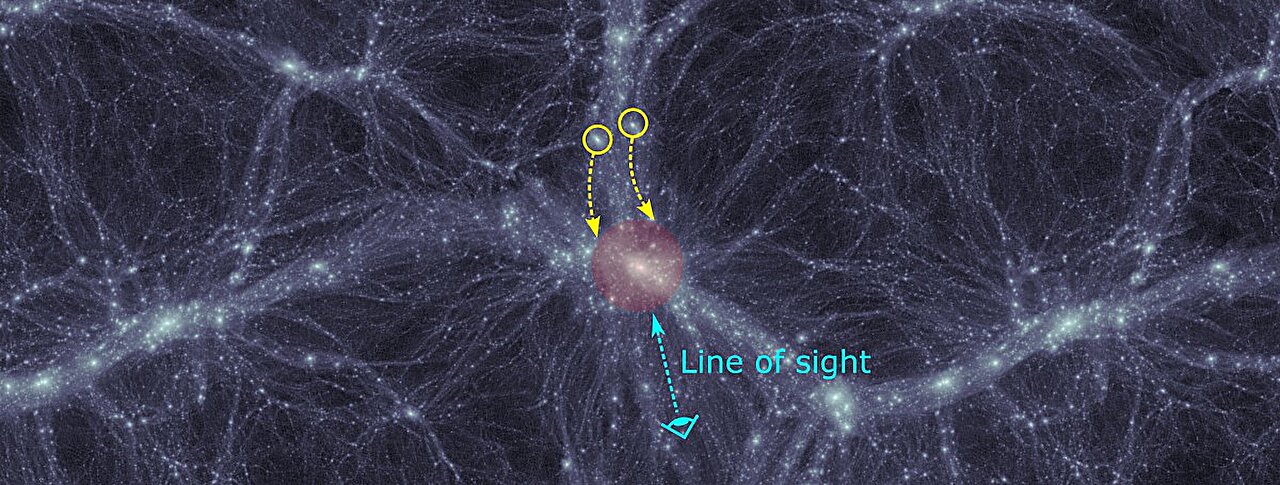
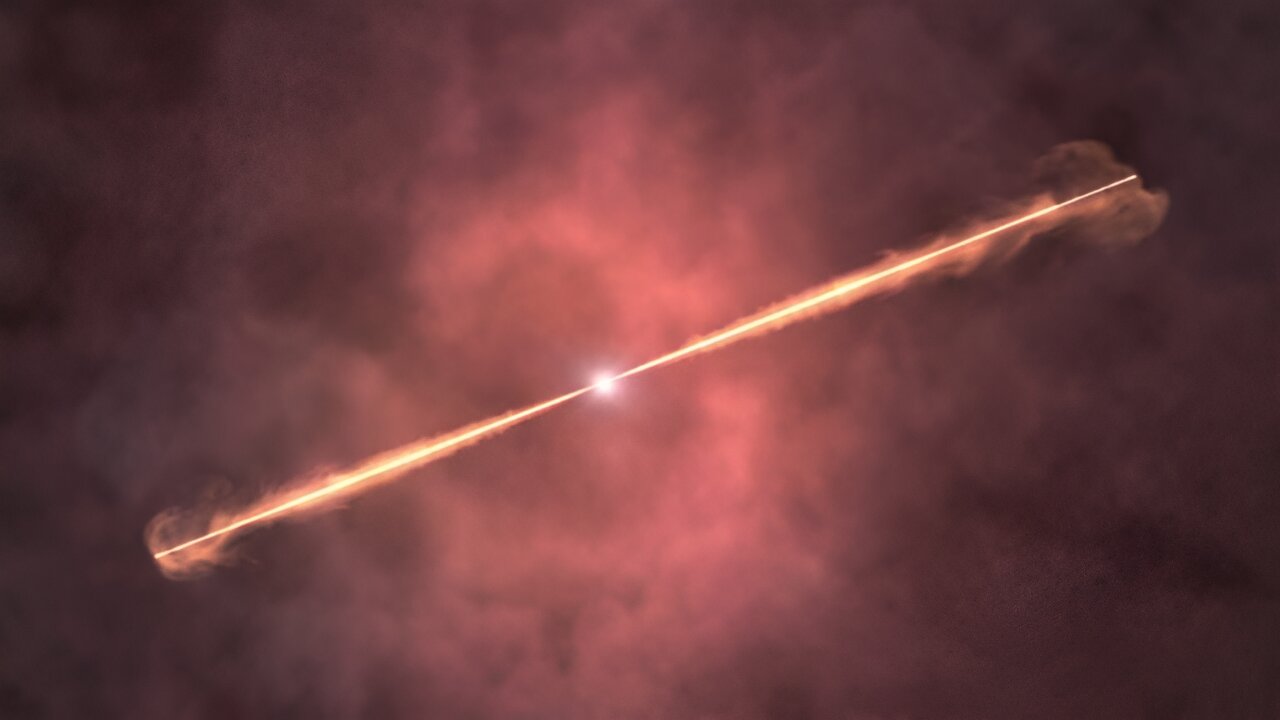
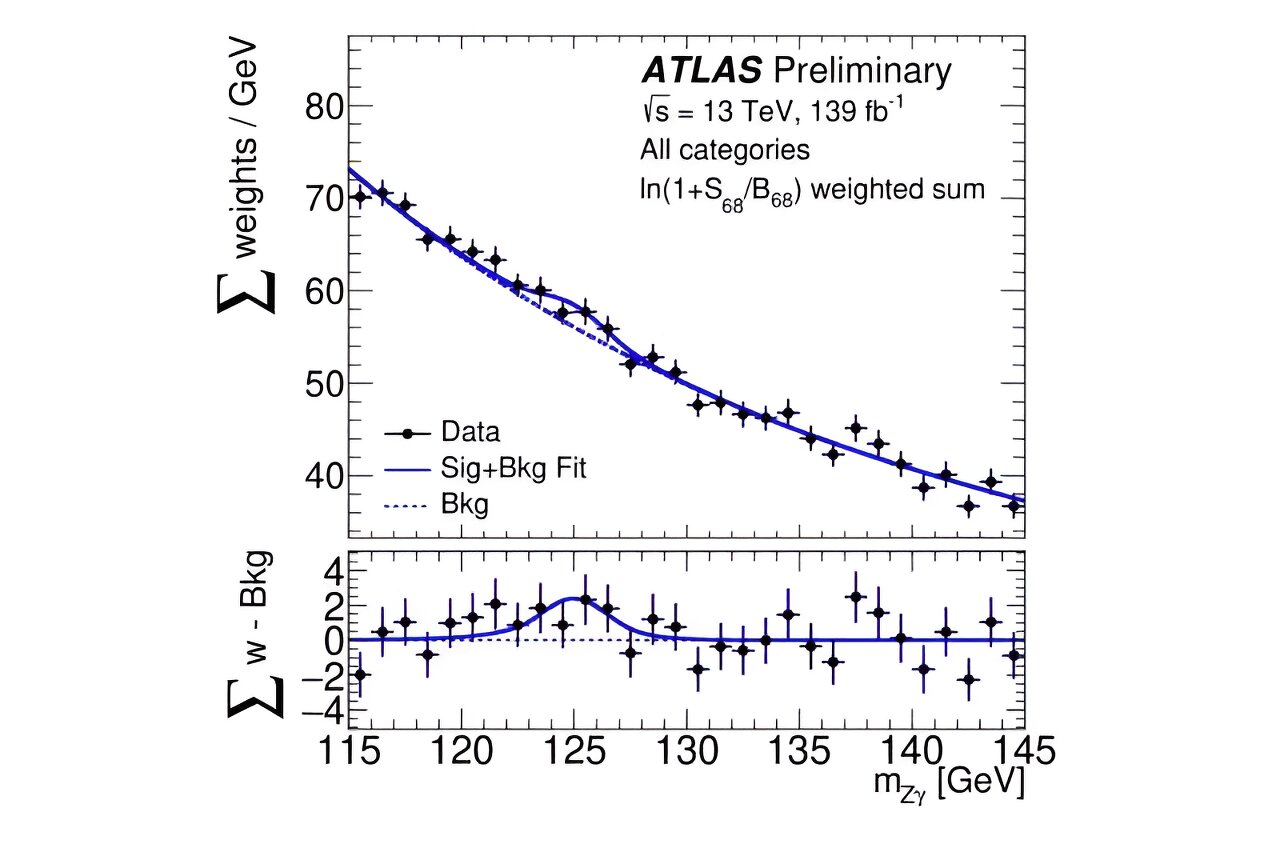
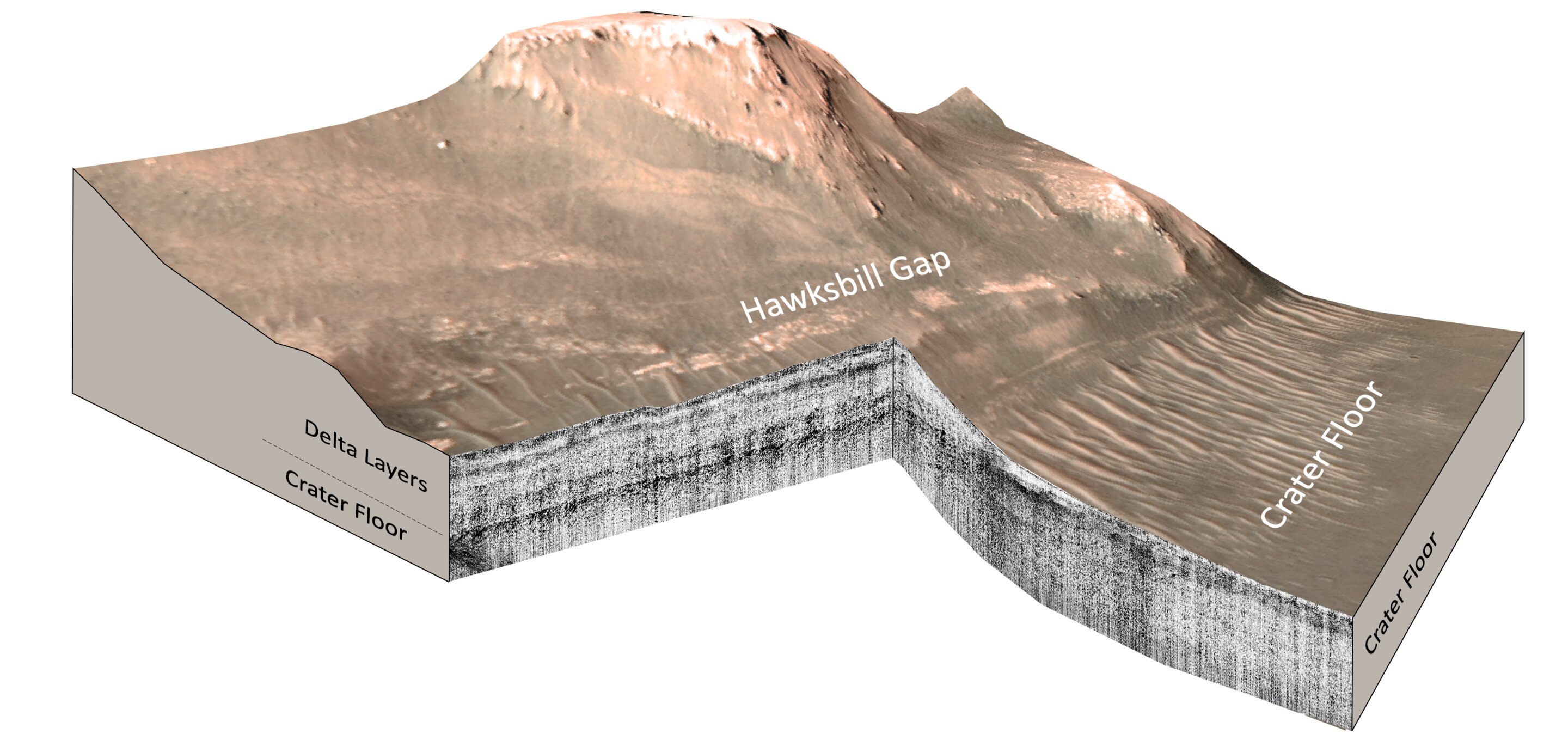
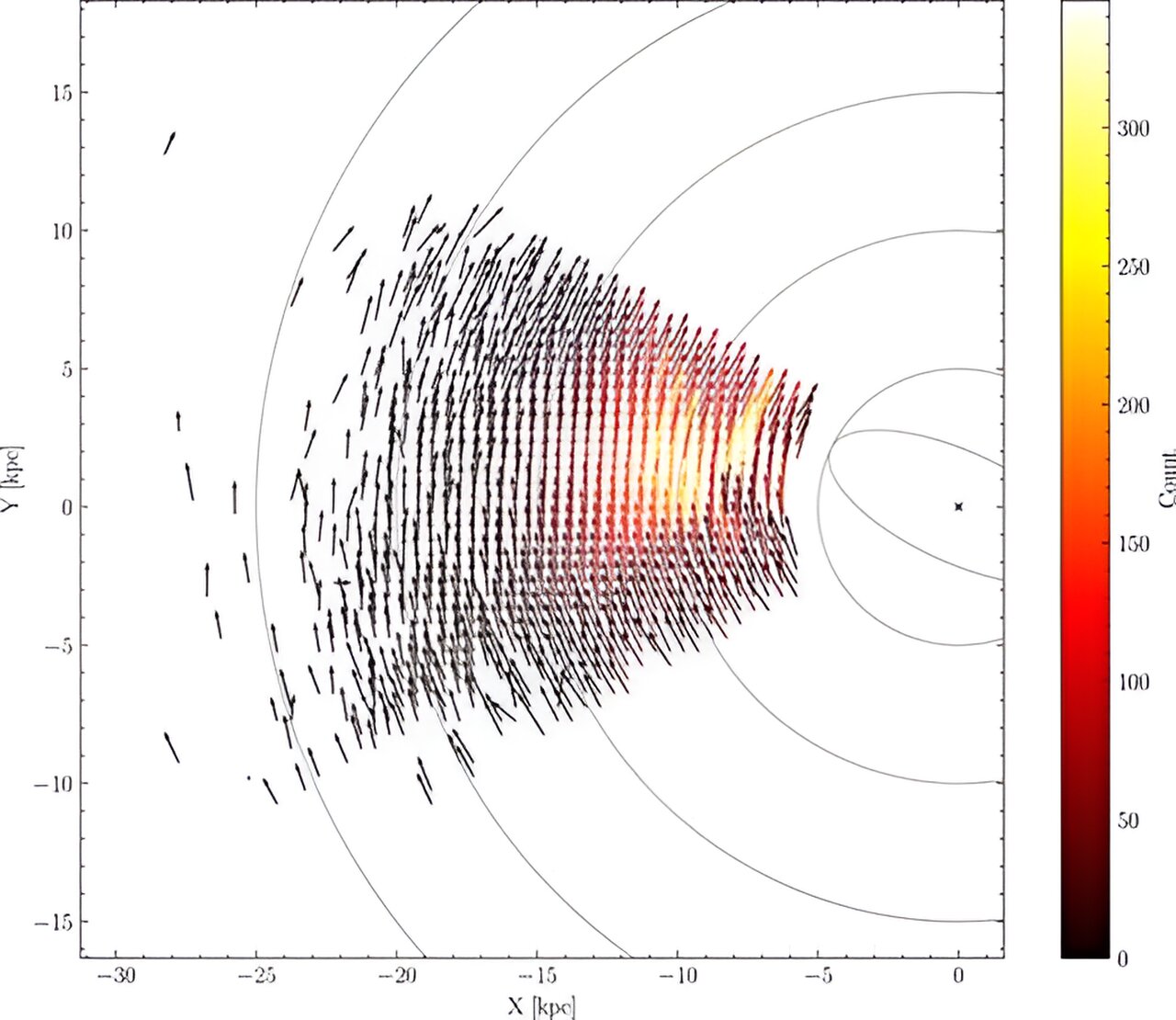

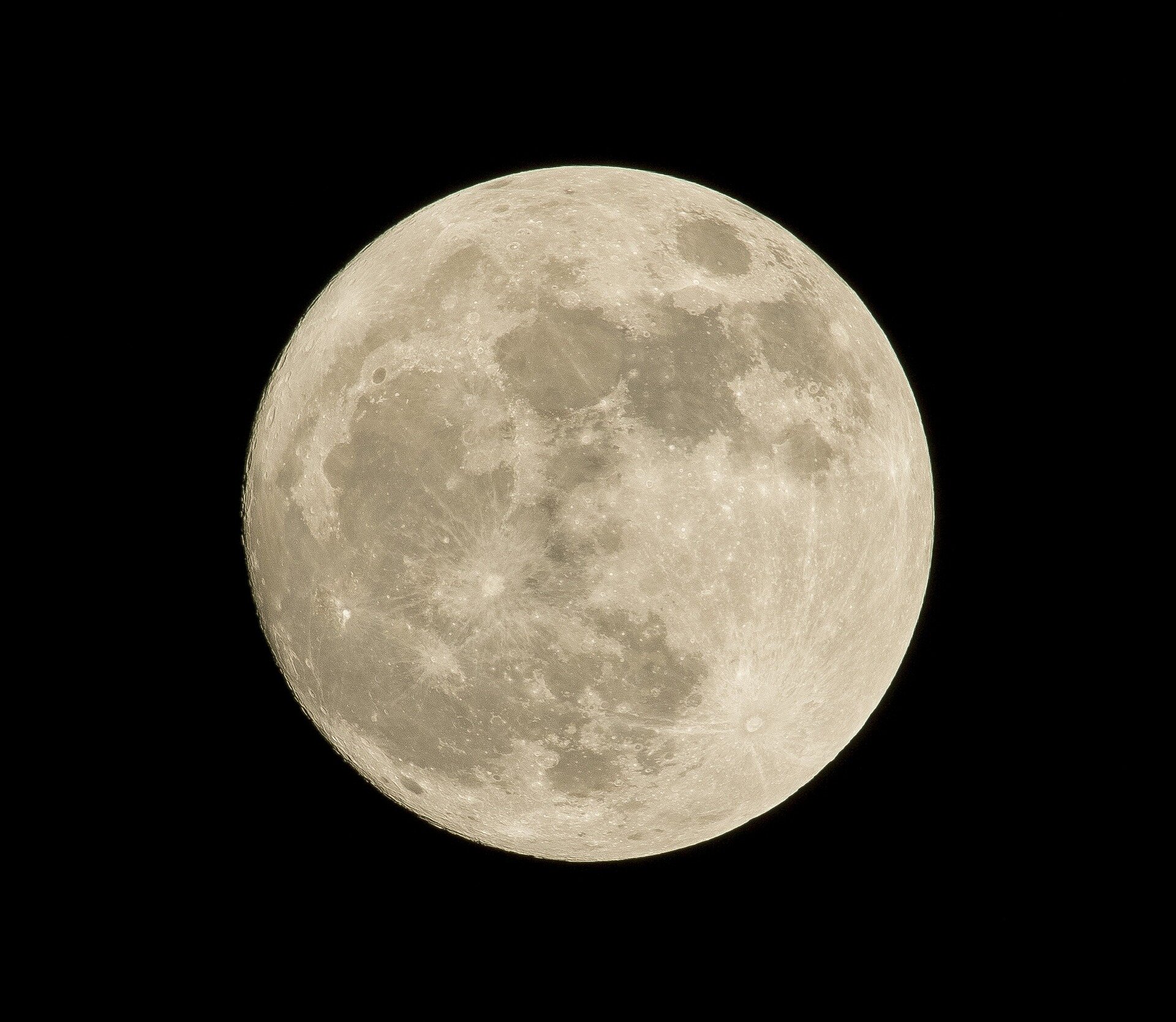
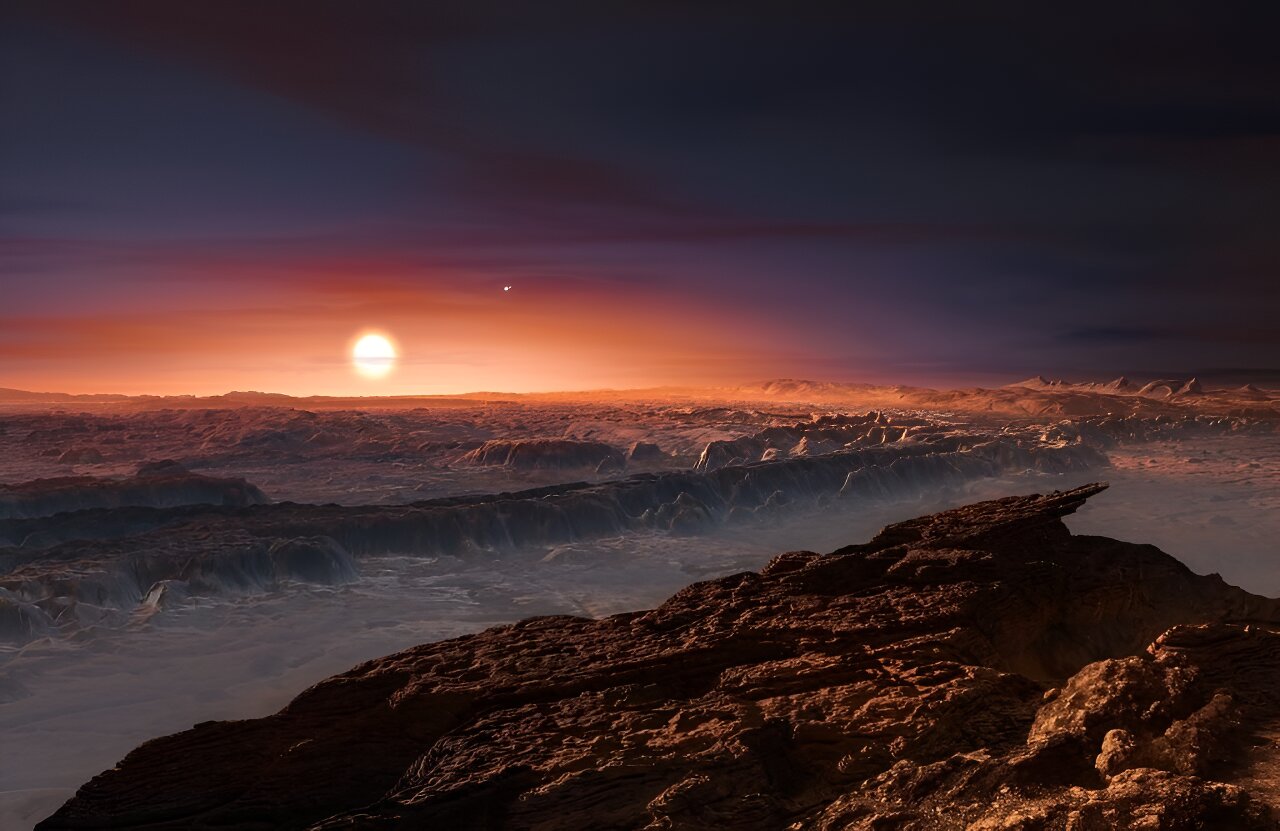
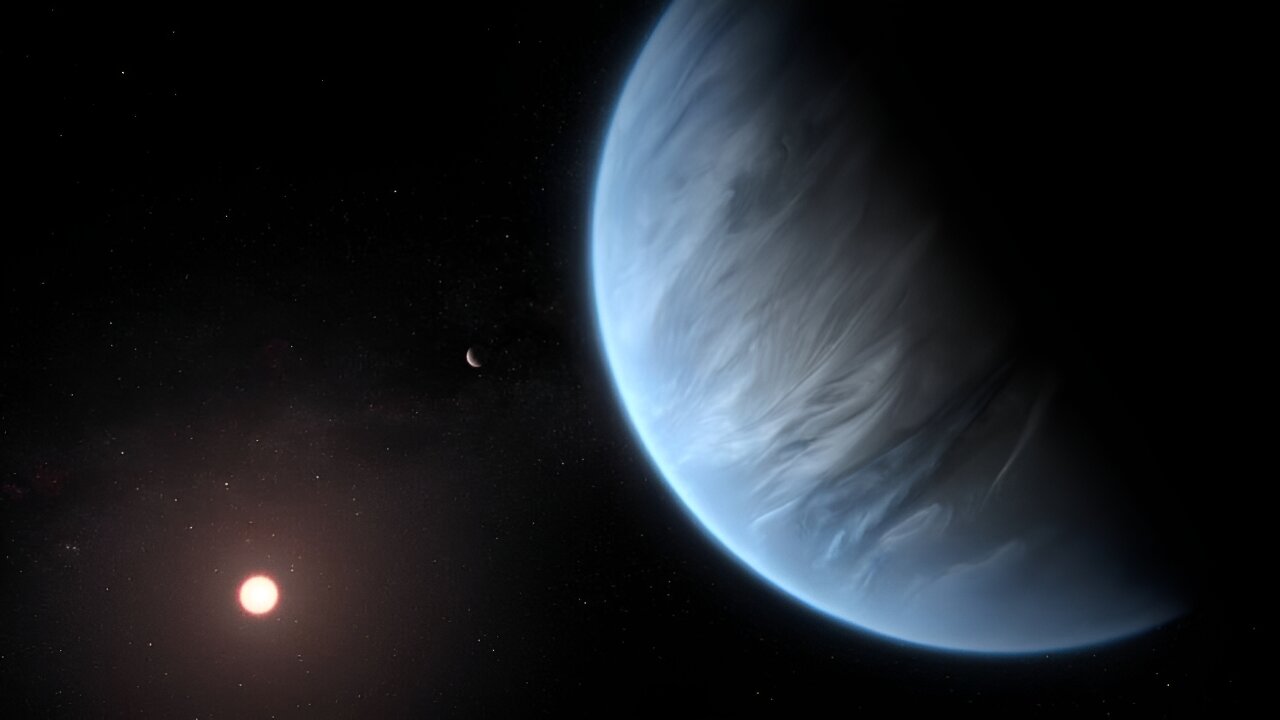

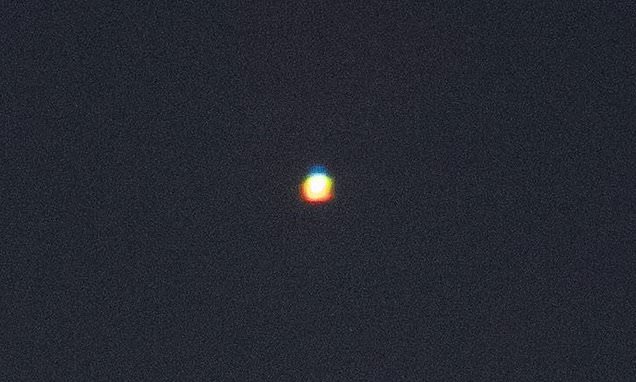
Astronomers are intrigued when finding evidence of water vapour on exoplanets. Based on observations with the Hubble Space Telescope, a recent example is the planet GJ 9827d, which may have a water-rich atmosphere around it. Water is one of the most common molecules in the Universe, and all life on Earth requires it. It functions as a superior solvent and enables critical chemical reactions in biological cells. No bigger than twice Earth’s diameter, GJ 9827d could be an example of potential water-rich worlds elsewhere in our galaxy. But don’t plan on buying real estate there. The planet is as hot as Venus, which makes it a steamy world.
However, it remains too early to tell whether Hubble spectroscopically measured a small amount of water vapour in a puffy hydrogen-rich atmosphere or if the planet’s atmosphere is mostly made of water, left behind after a primaeval hydrogen/helium atmosphere evaporated under stellar radiation.
Because the planet is as hot as Venus, at 400 degrees Celsius, it definitely would be an inhospitable, steamy world if the atmosphere were predominantly water vapour.
At present, the team is left with two possibilities. The planet is still clinging to a hydrogen-rich envelope laced with water, making it a mini-Neptune. Alternatively, it could be a warmer version of Jupiter’s moon Europa, which has twice as much water as Earth beneath its crust. “The planet GJ 9827d could be half water, half rock. And there would be a lot of water vapour on top of some smaller rocky body,” said Benneke.
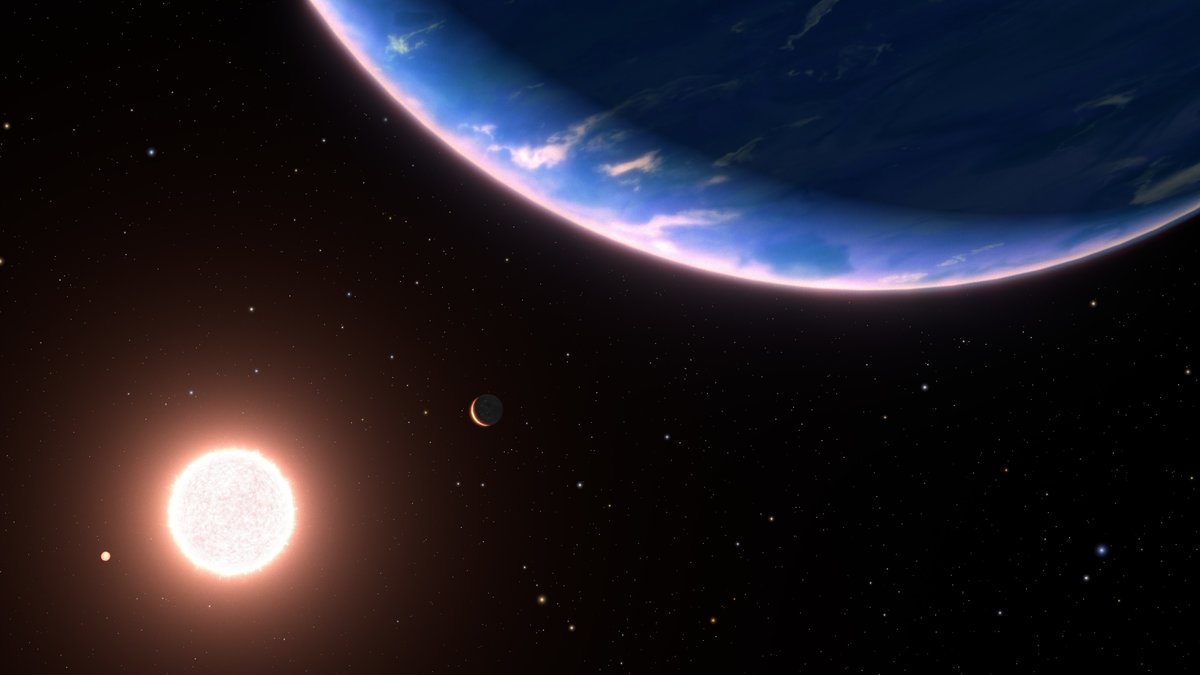
Astronomers have discovered a mysterious group of giant elderly stars at the heart of the Milky Way that are emitting solar system-sized clouds of dust and gas.
The stars, which have been named “old smokers”, sat quietly for many years, fading almost to invisibility, before suddenly puffing out vast clouds of smoke. The discovery was made during the monitoring of almost a billion stars in infrared light during a 10-year survey of the night sky.
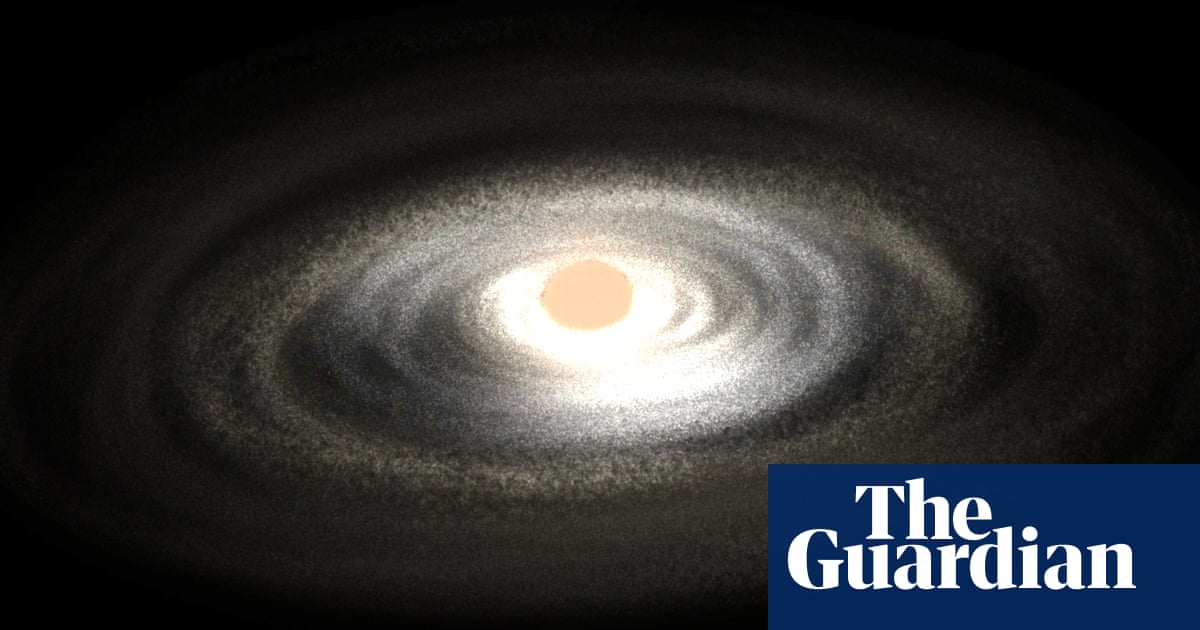
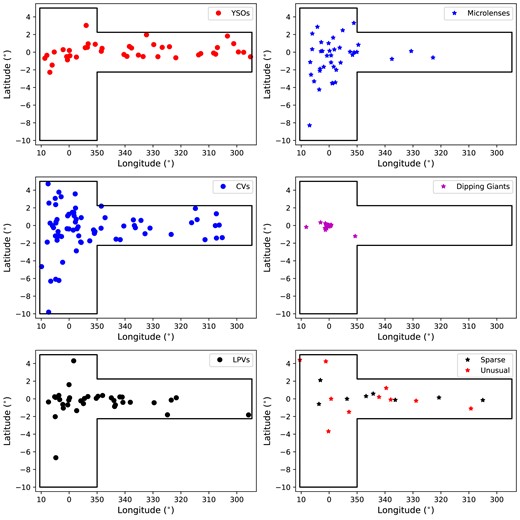
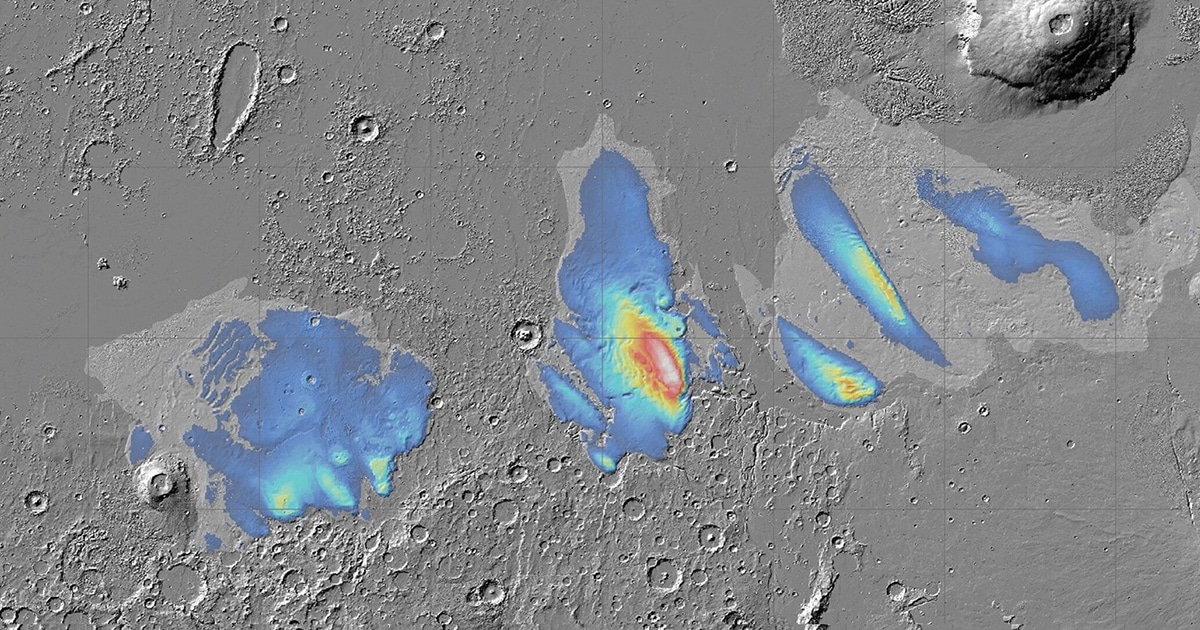
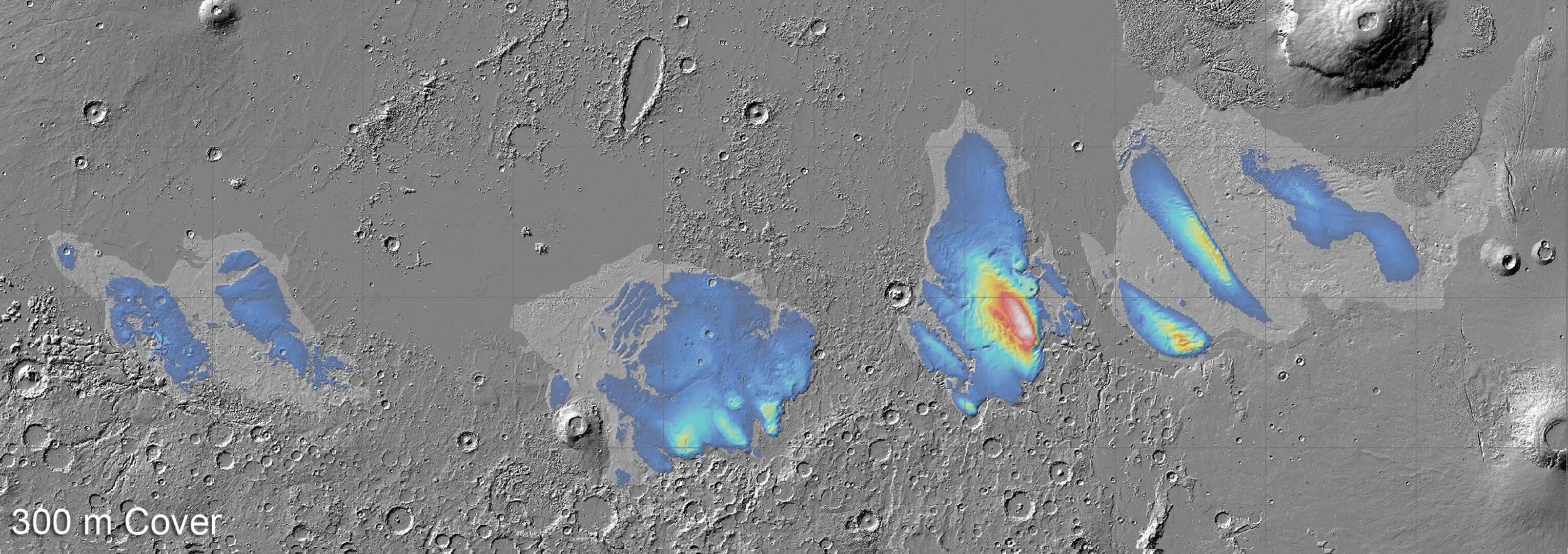
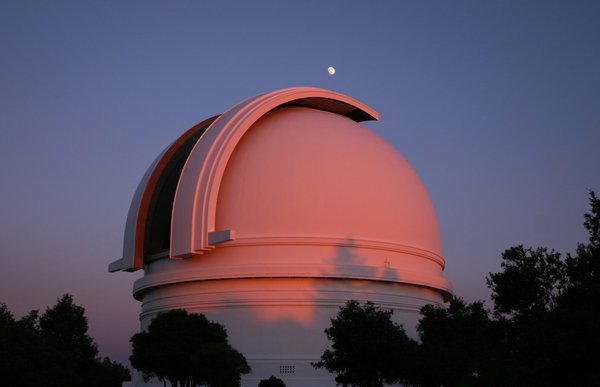
A team of scientists, using cutting-edge technology, has uncovered a fascinating star system named TOI-1136 in the Milky Way galaxy.
Located over 270 light years from Earth, this system, surprisingly close given the vast 100,000 light-year diameter of our galaxy, hosts a family of six, possibly seven, planets orbiting a dwarf star.
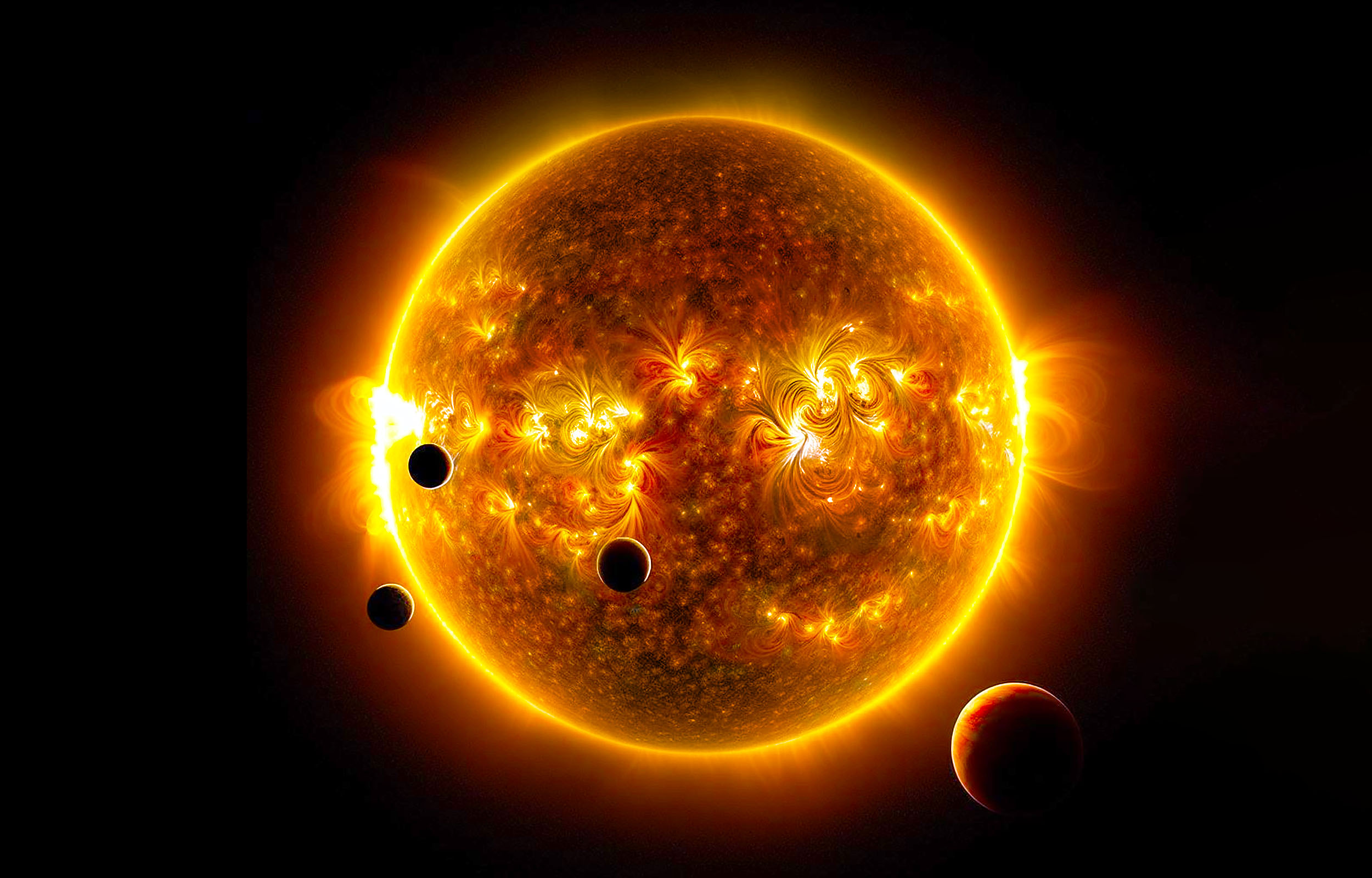
Using NASA's Transiting Exoplanet Survey Satellite (TESS), an international team of astronomers has discovered a new ultra-short-period exoplanet. The newfound alien world, designated Wolf 327 b, is slightly larger and about 2.5 times more massive than the Earth. The finding was reported in a paper published January 22 on the pre-print server arXiv.
Summing up the results, the authors of the paper say this is an interesting addition to the known sample of USP planets orbiting M-dwarf stars, due to its interesting internal structure and favorable metrics for secondary transit detection with the James Webb Space Telescope (JWST). According to the authors, there is also a high probability that other planets also orbit Wolf 327, given that USPs are usually found in multi-planetary systems.
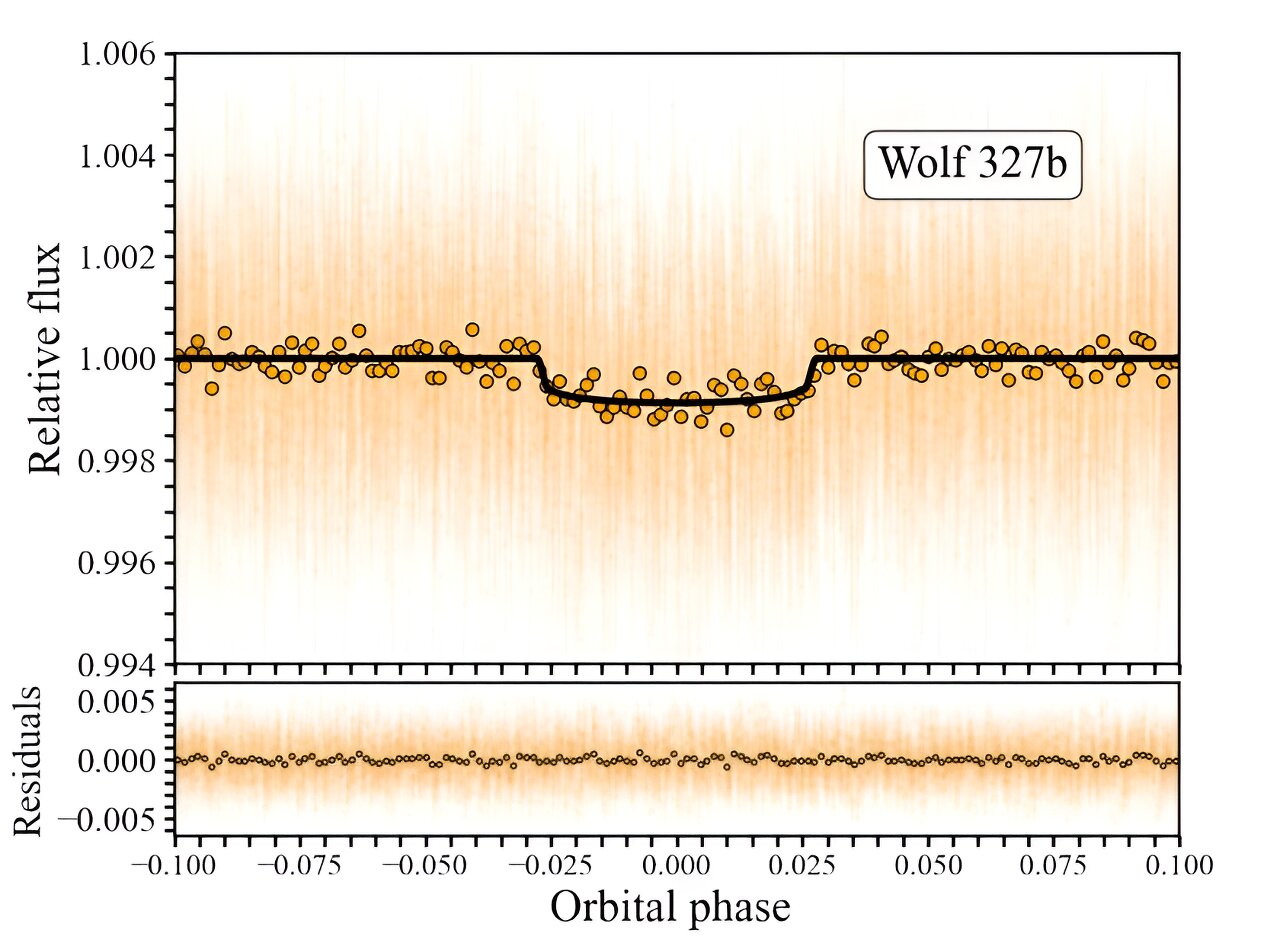
Webb's Dazzling Collection Unveiled: A Mosaic of 19 Face-On Spiral Galaxies. This extraordinary collection, featuring 19 face-on spiral galaxies, reveals stars, gas, and dust on a minute scale beyond our own galaxy. Teams of researchers are delving into these images, unraveling the intricacies of galactic structures to uncover the origins of these celestial wonders. The collaborative analysis within the research community aims to enhance simulations and deepen our comprehension of star formation and the evolution of spiral galaxies. Read more here -
